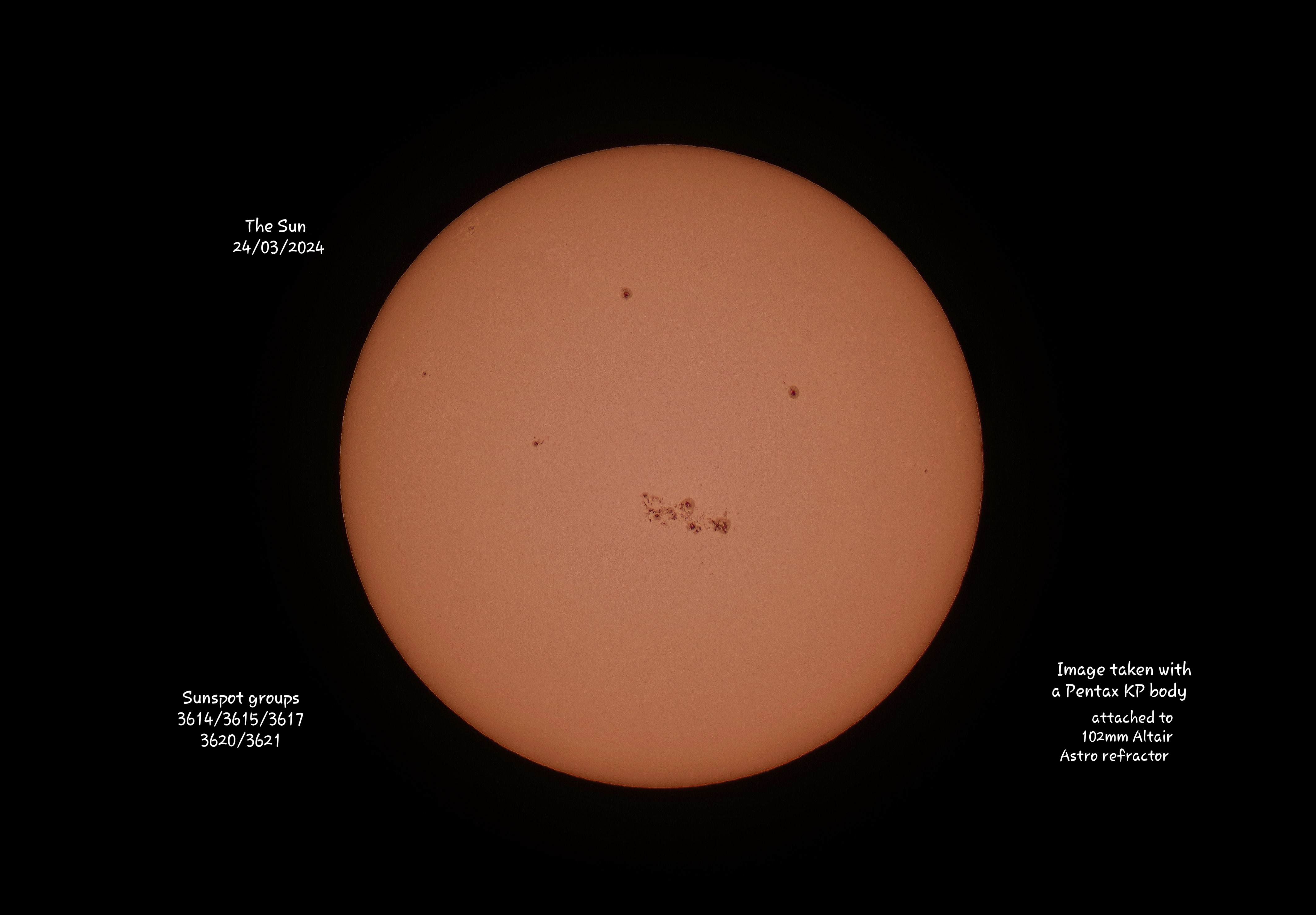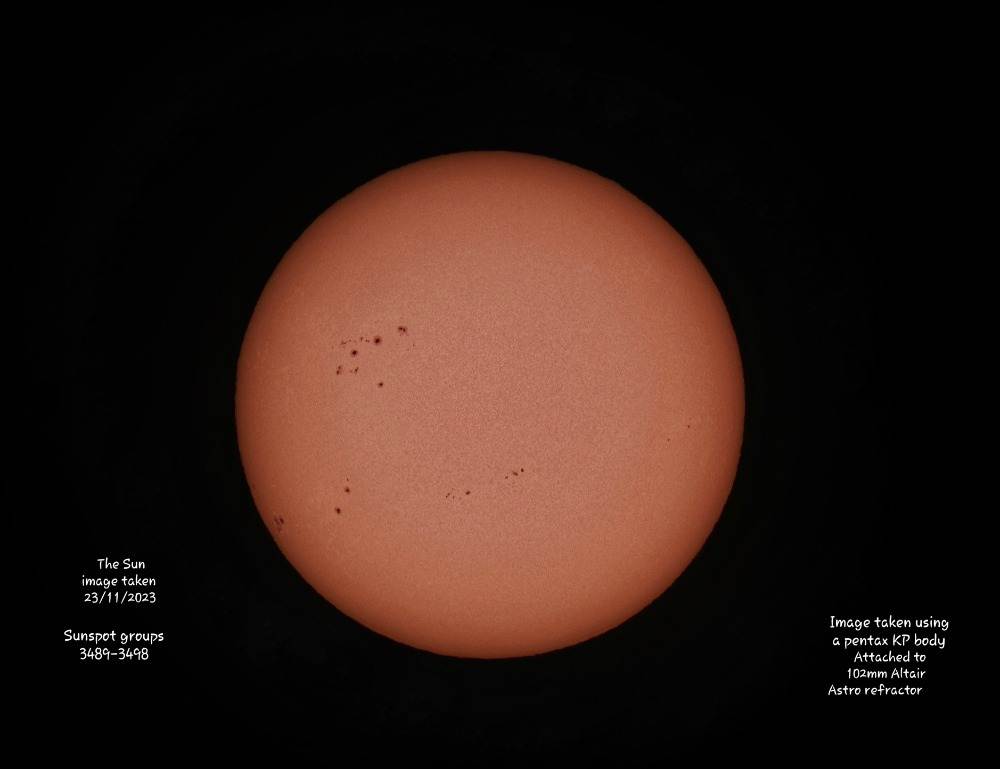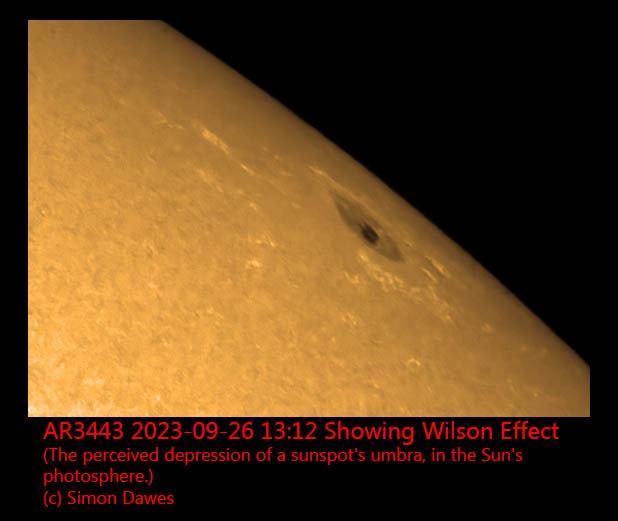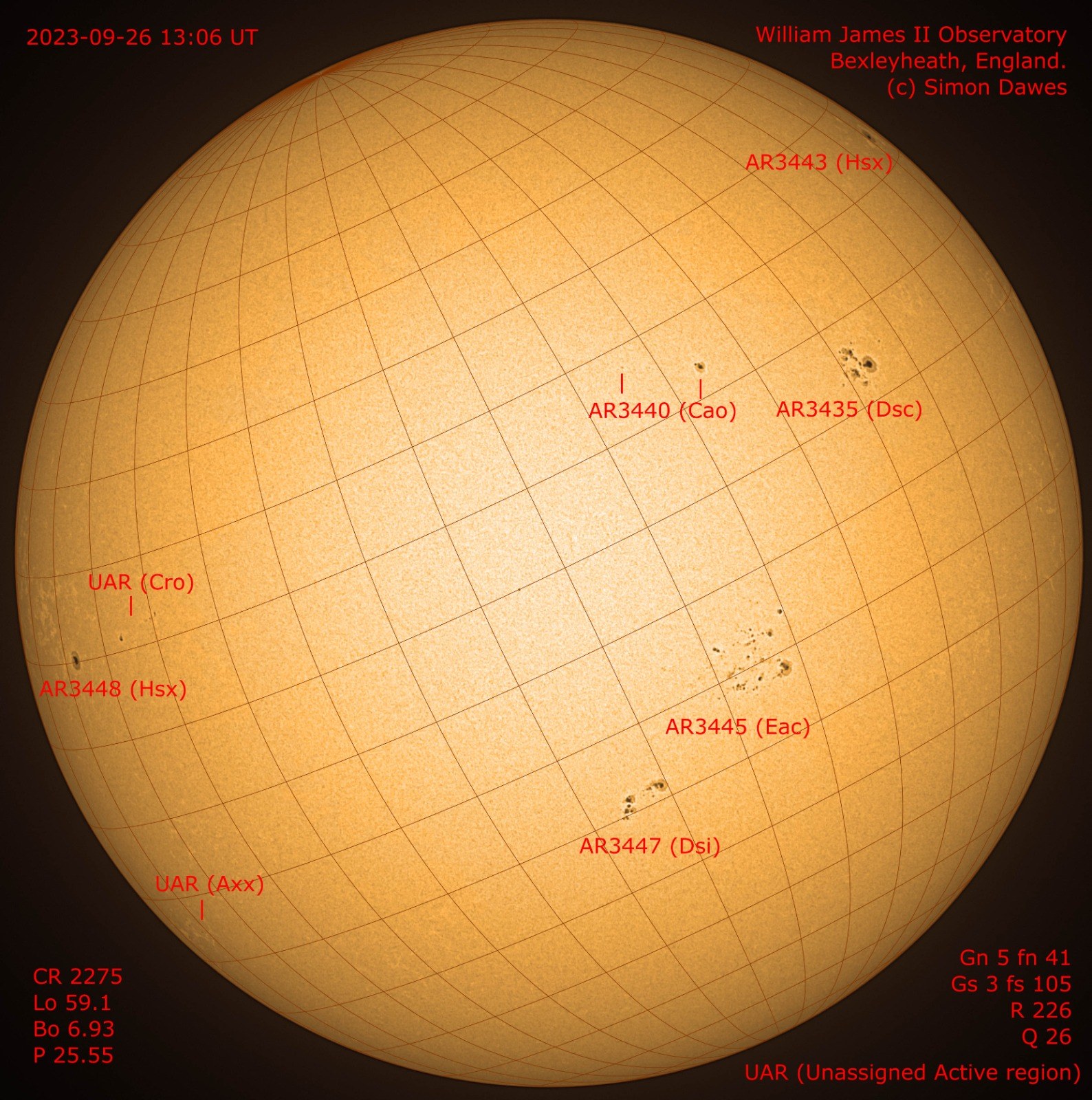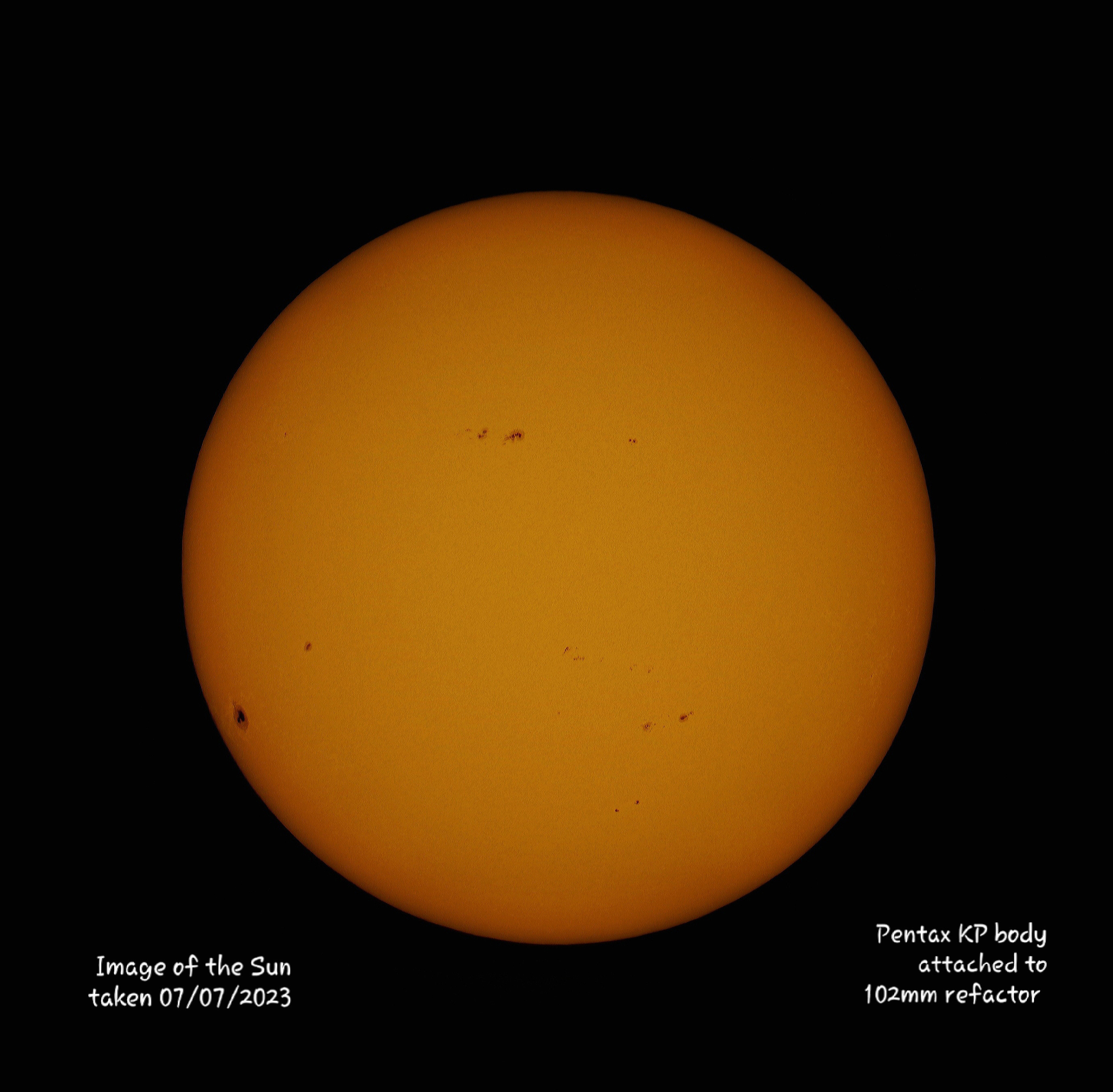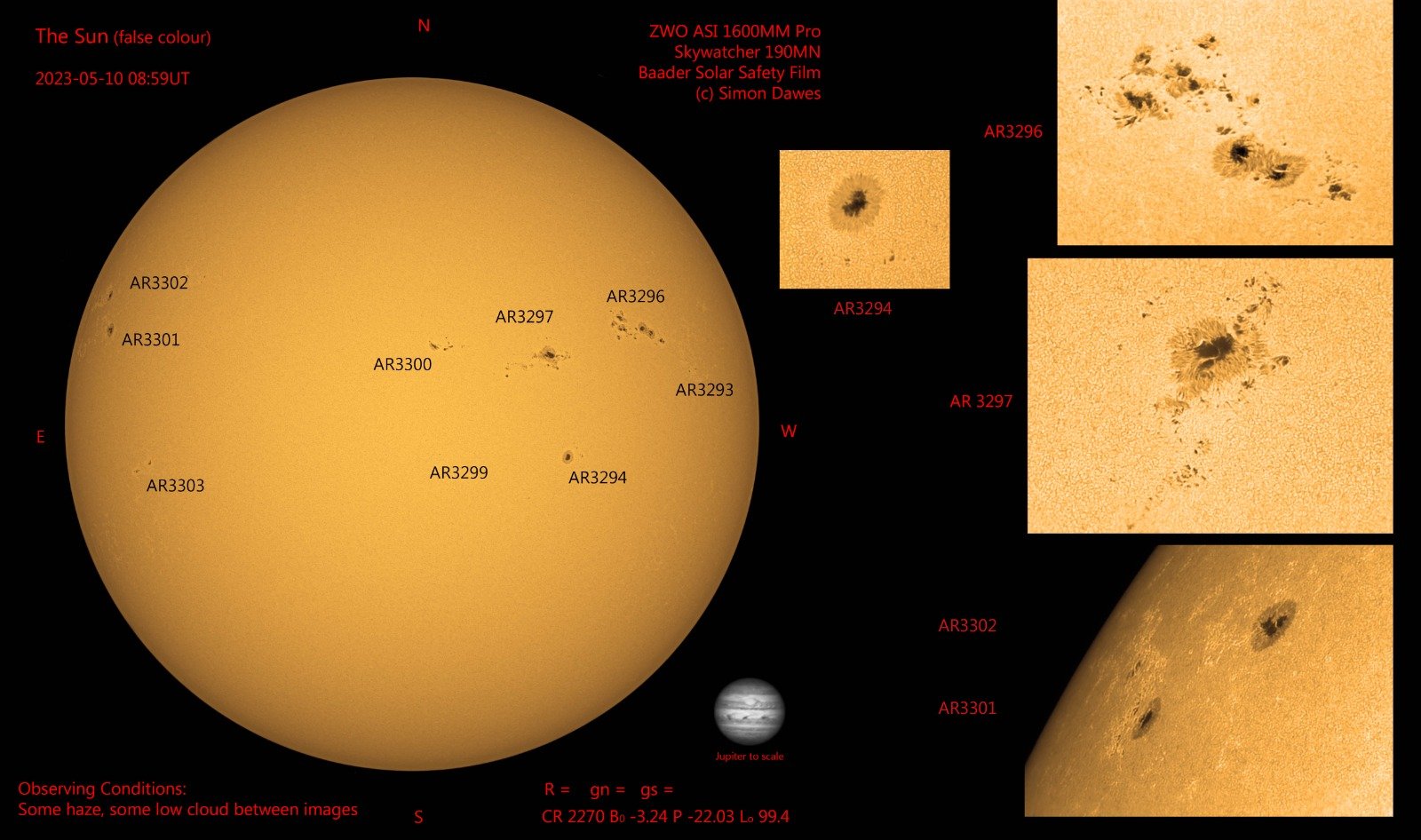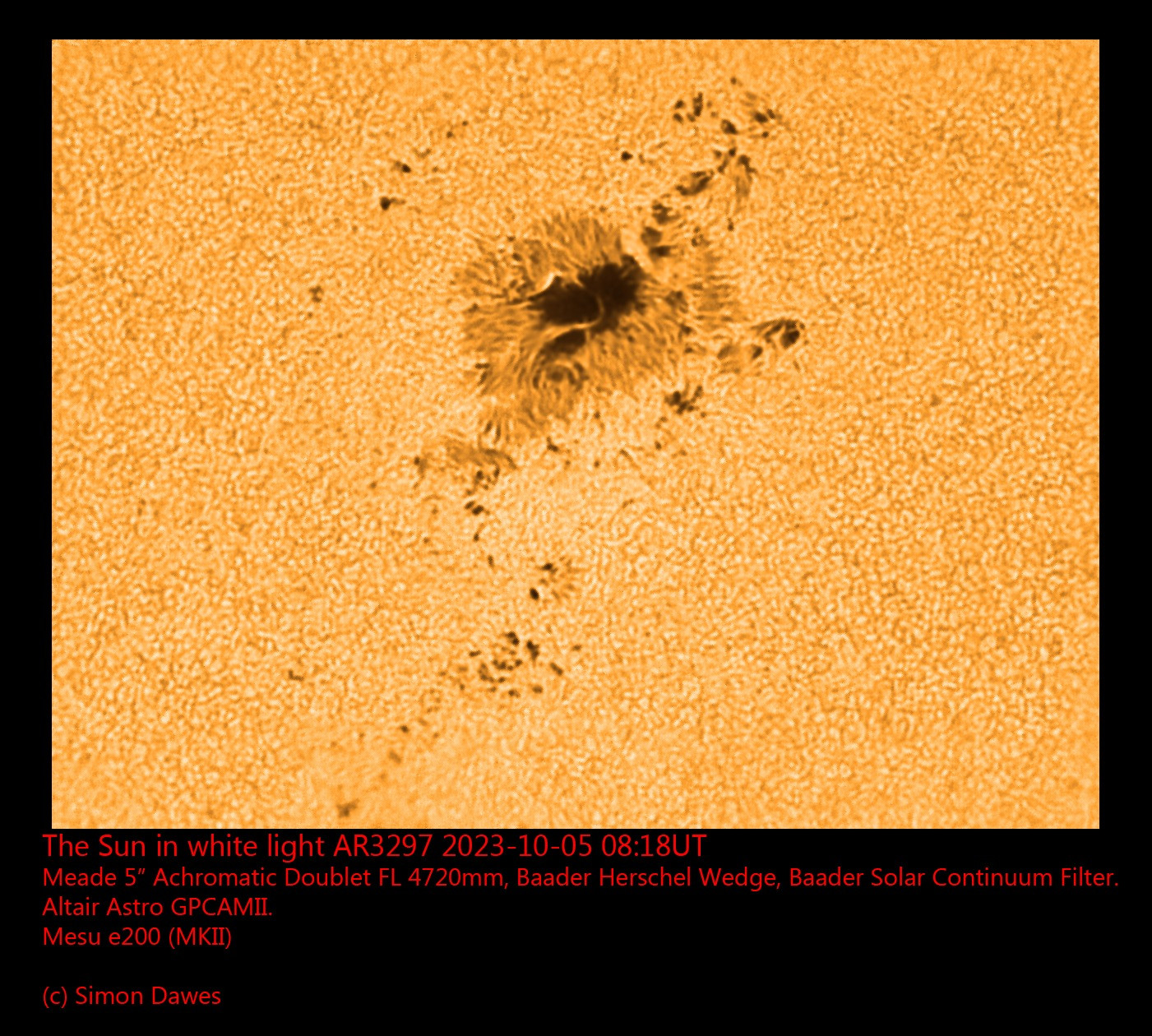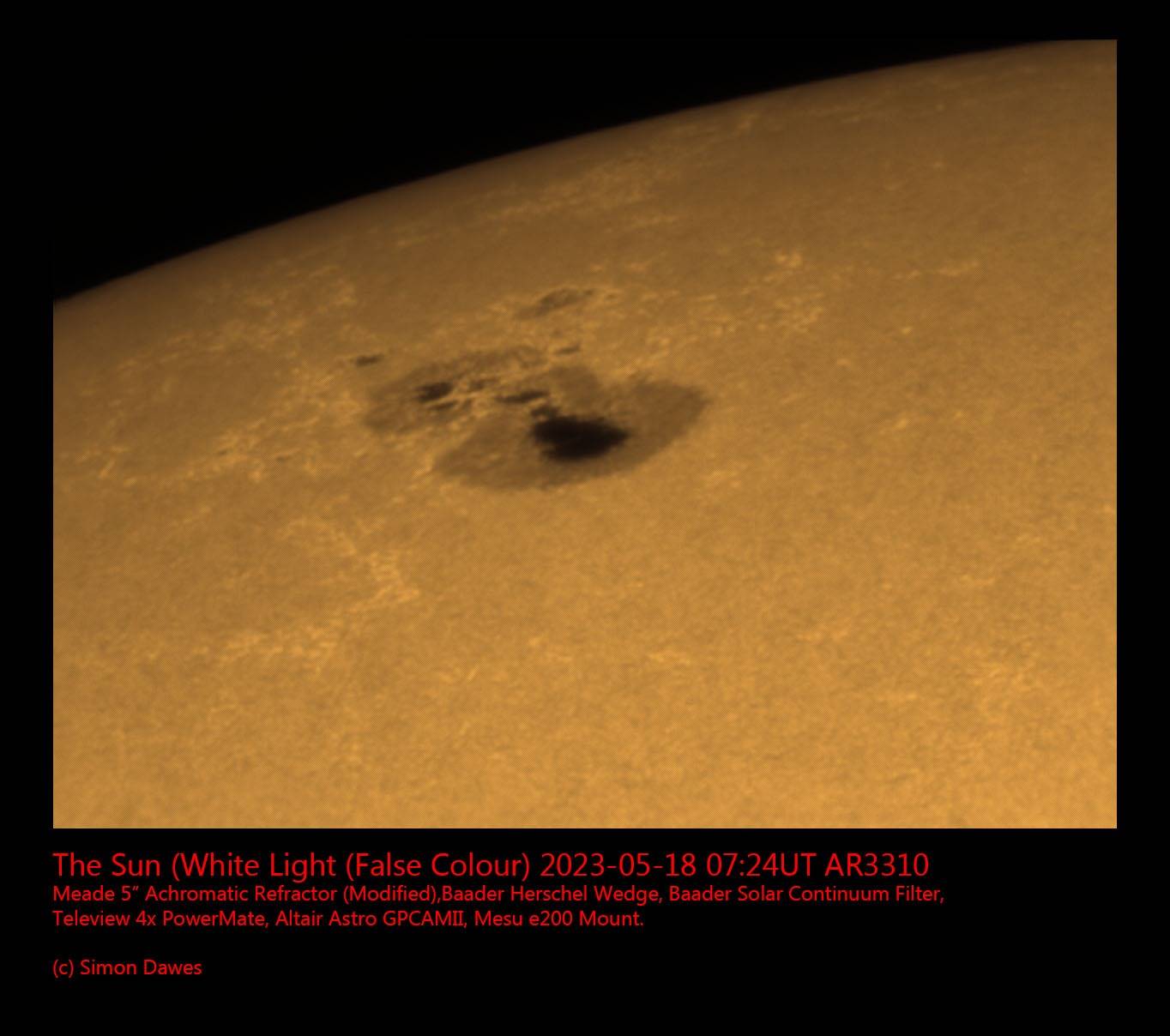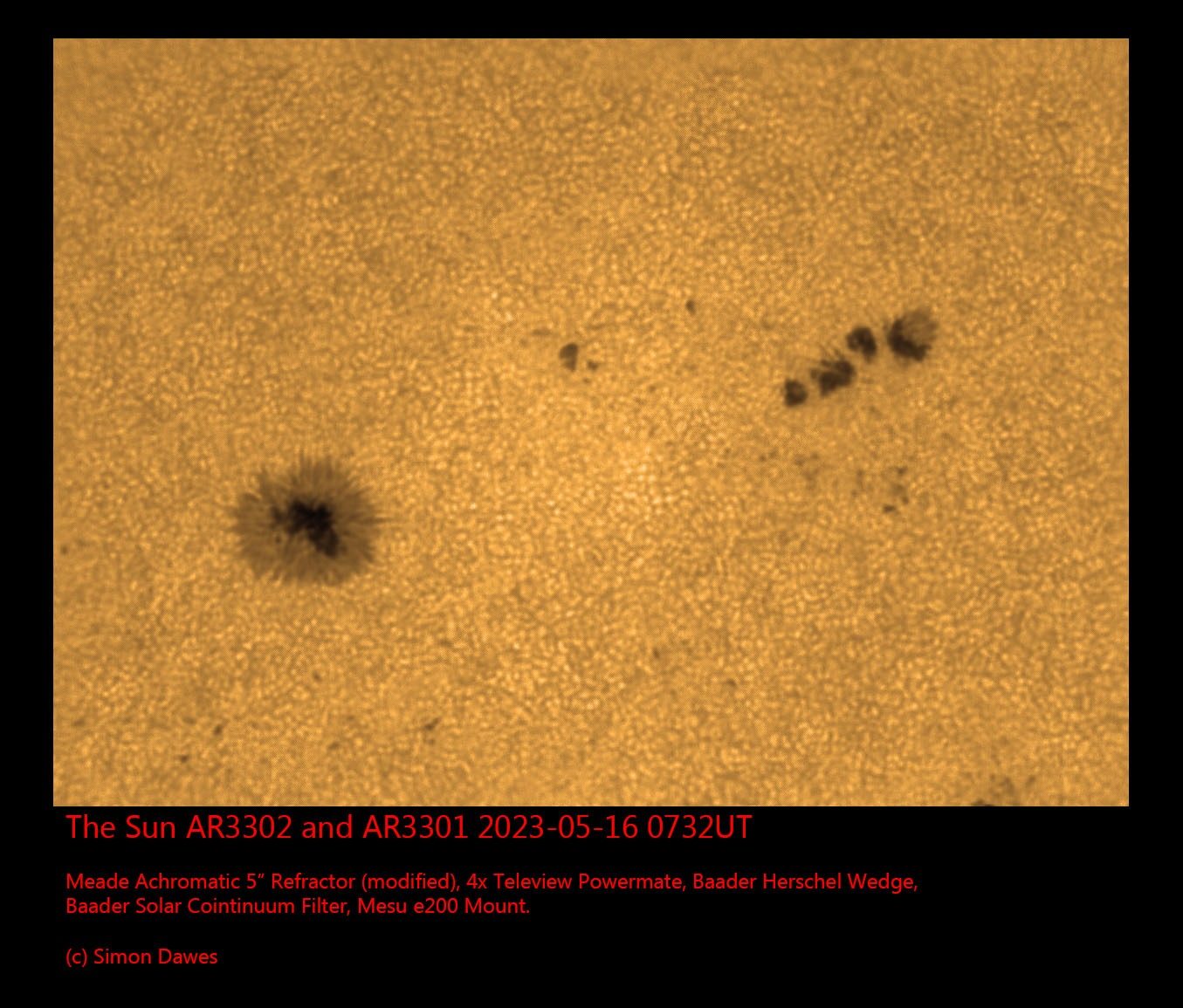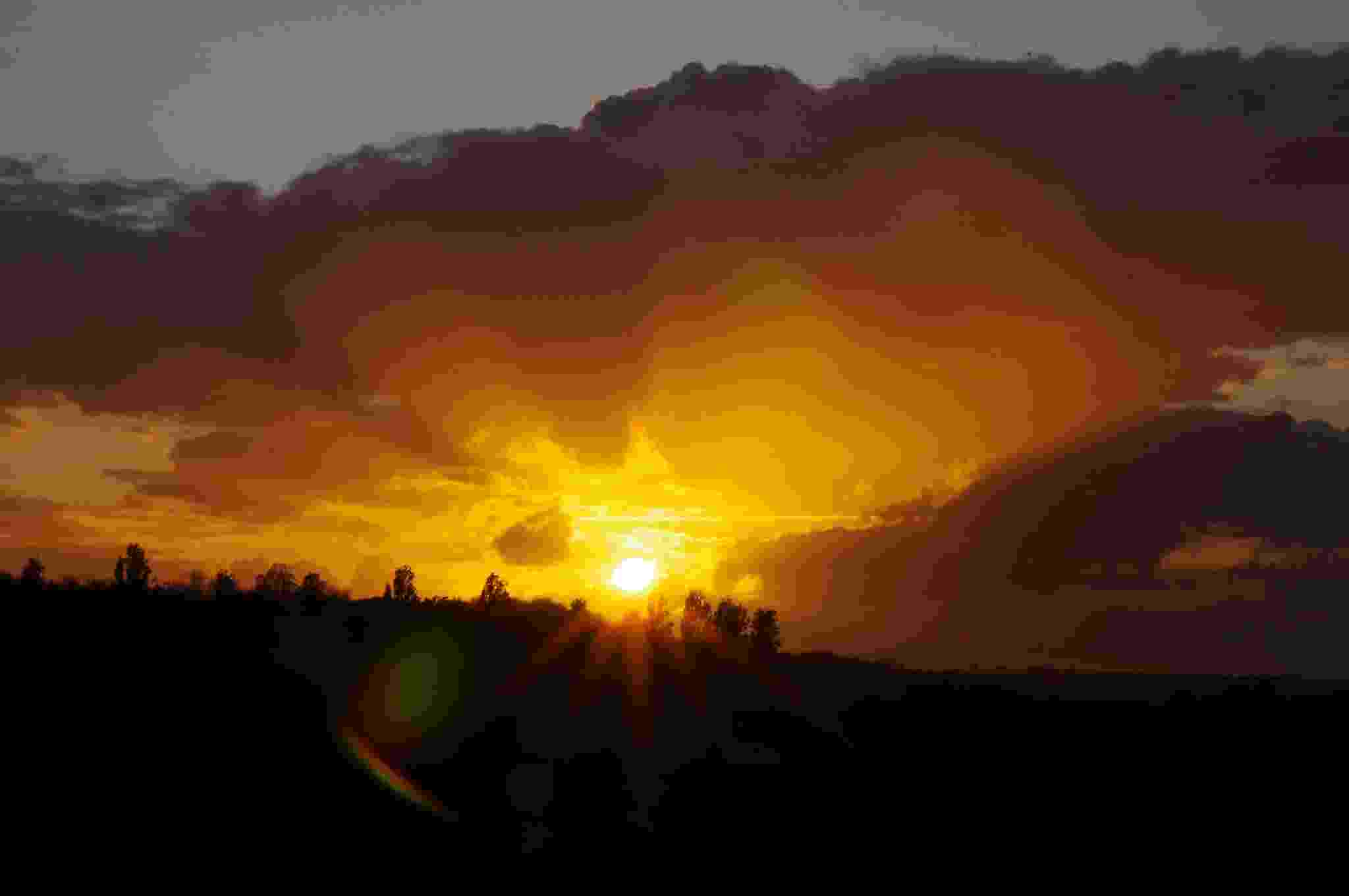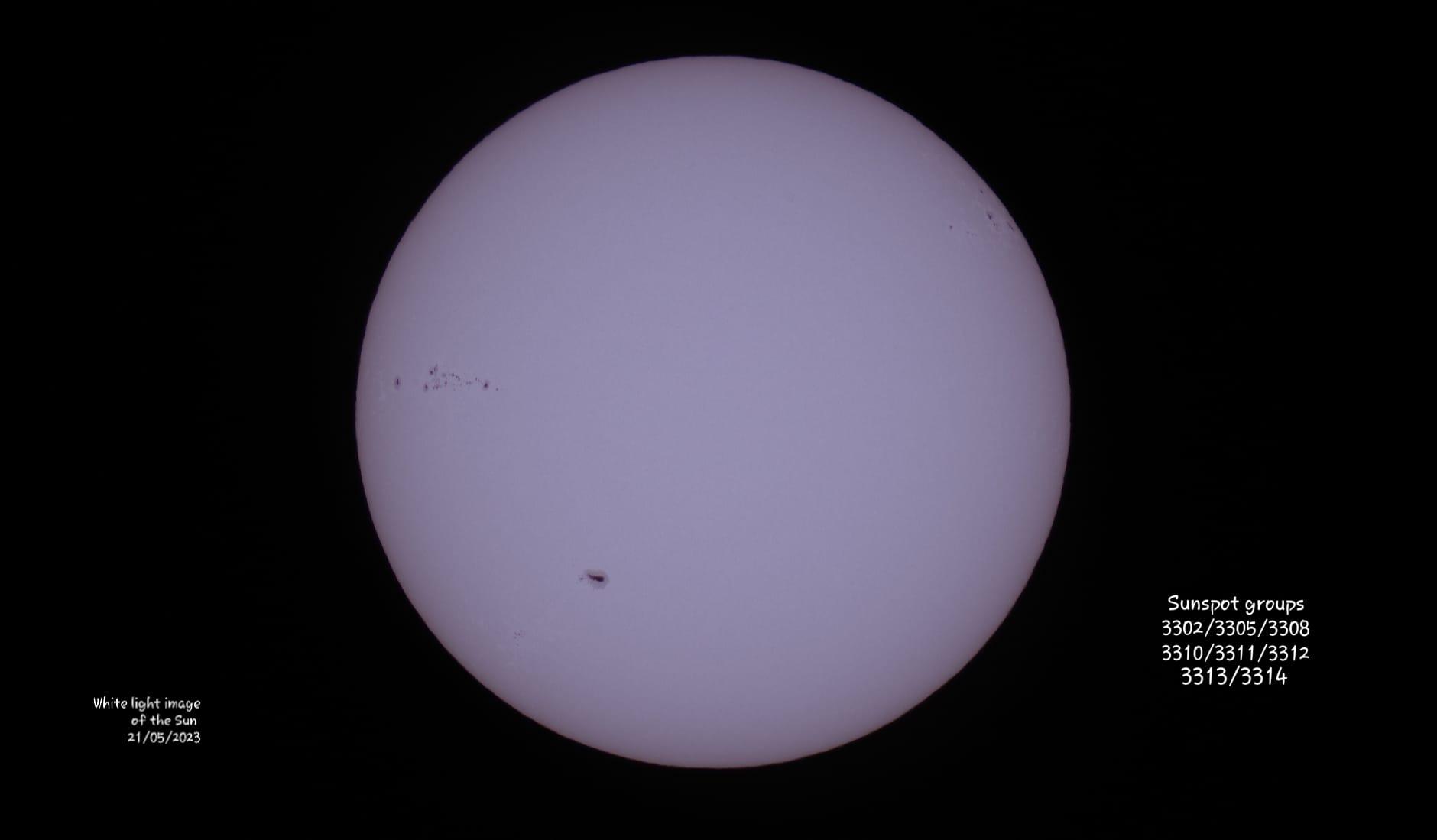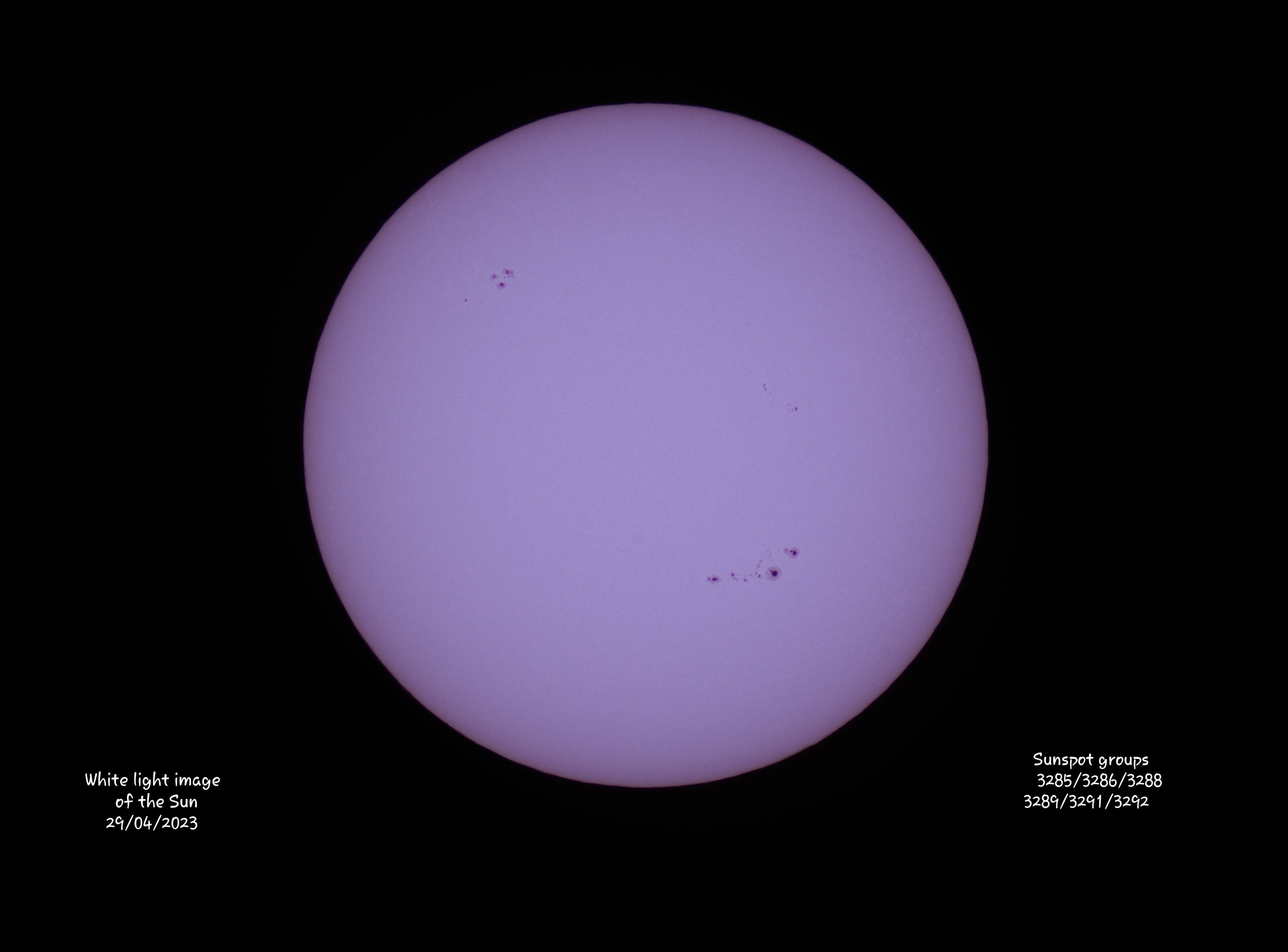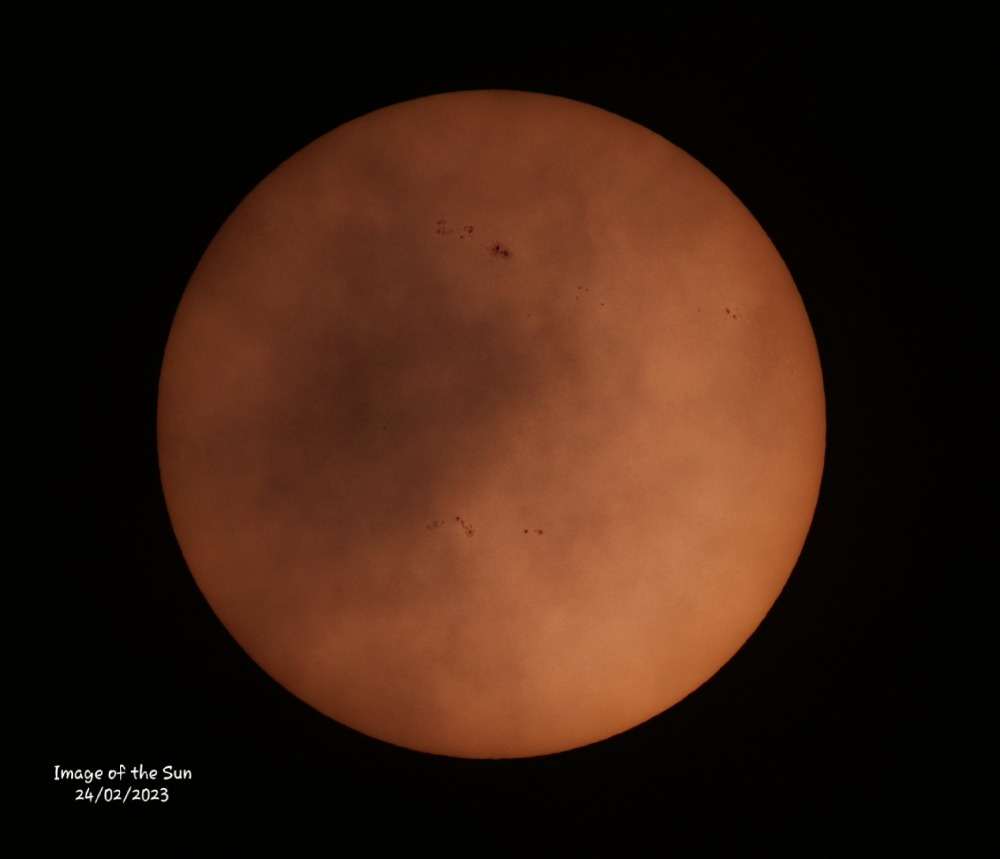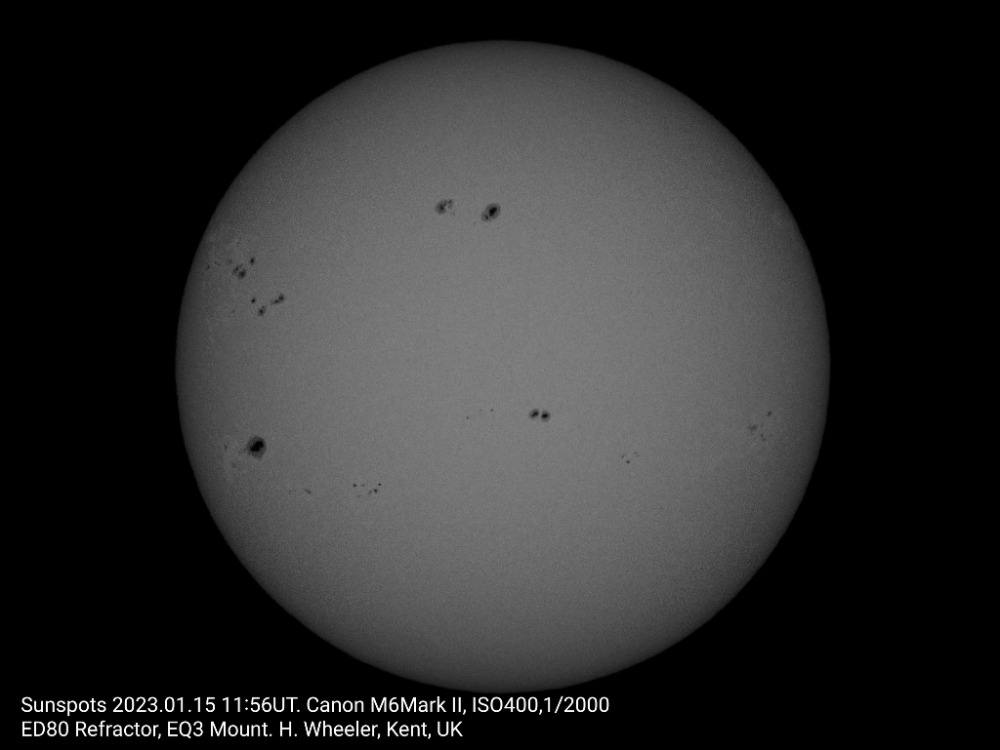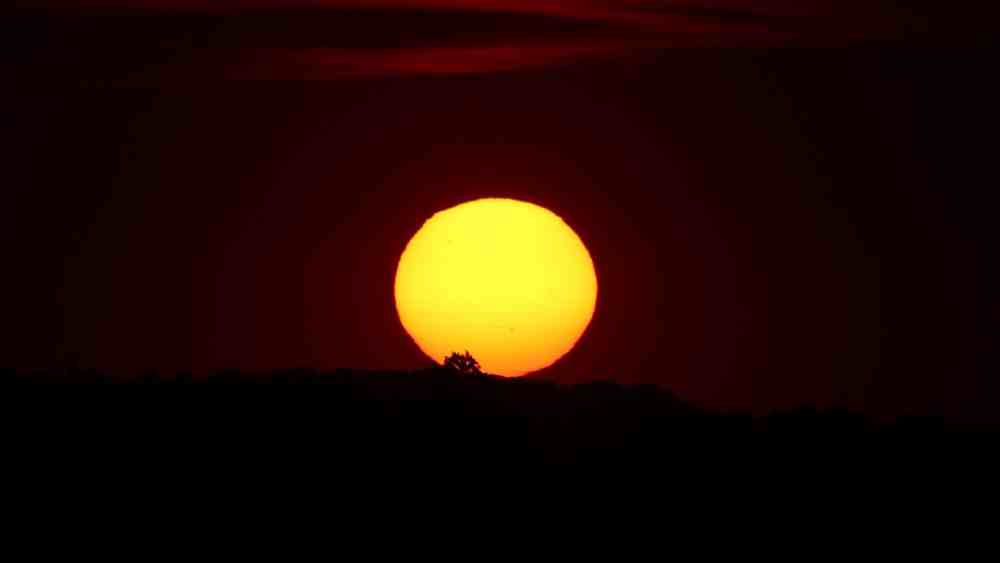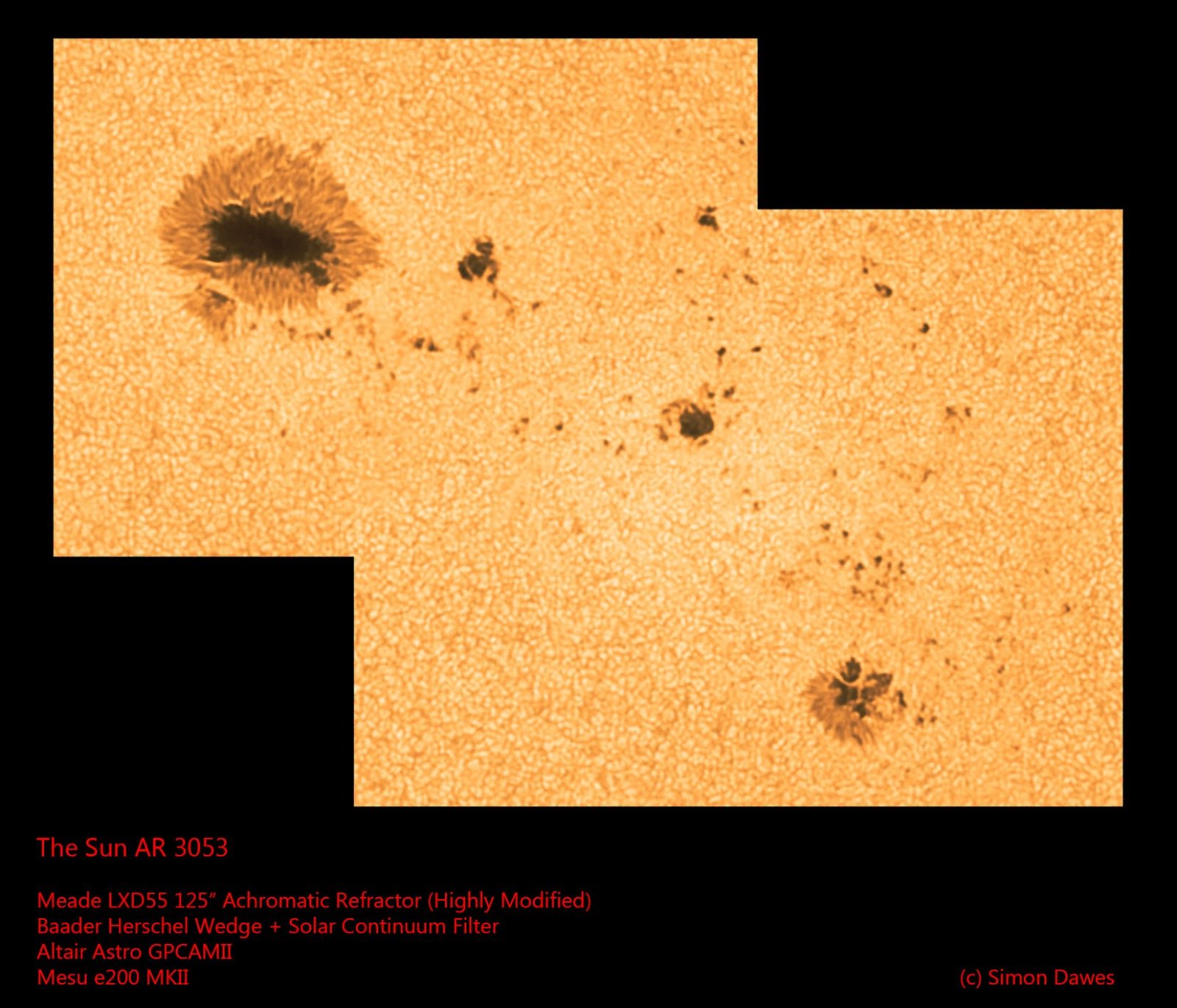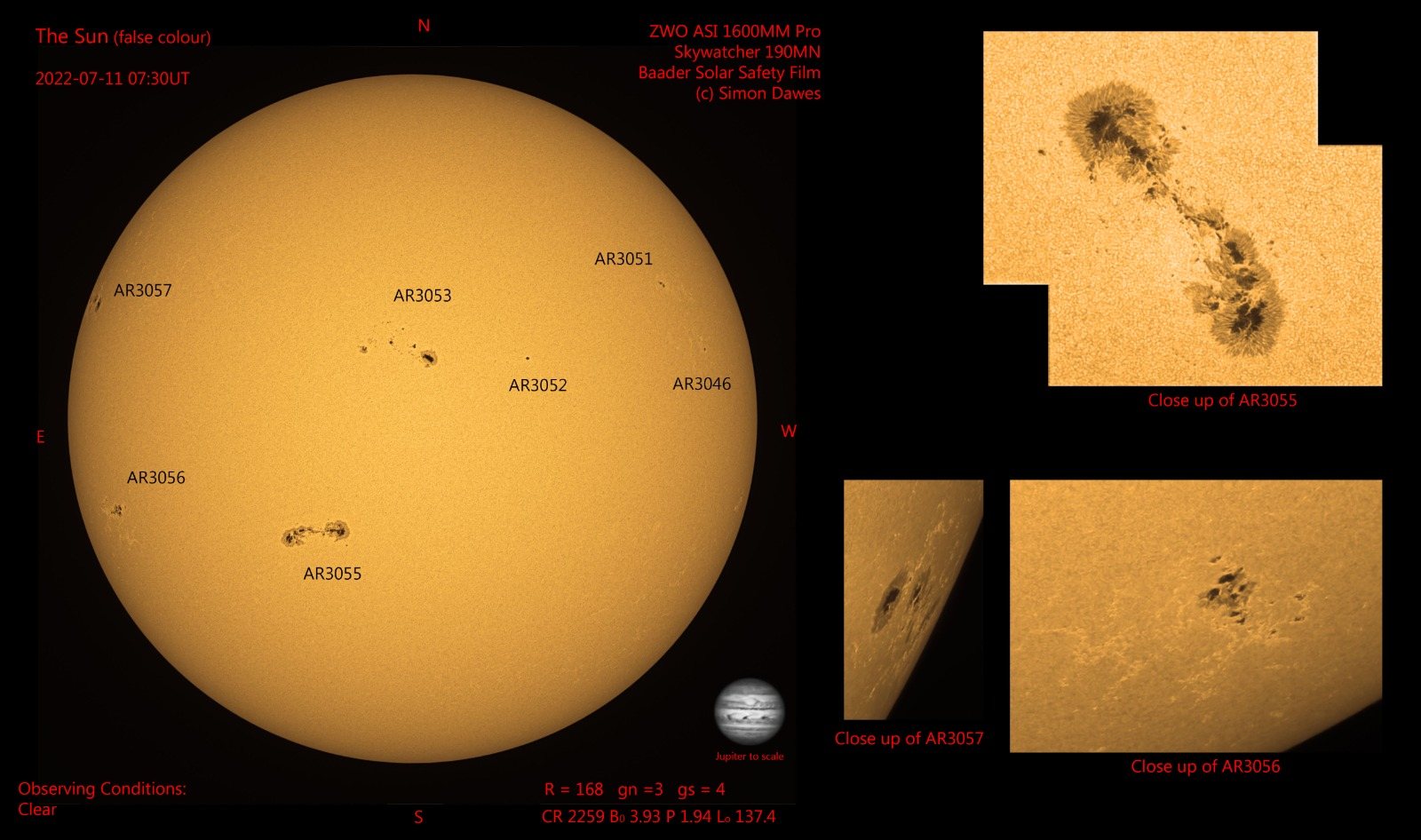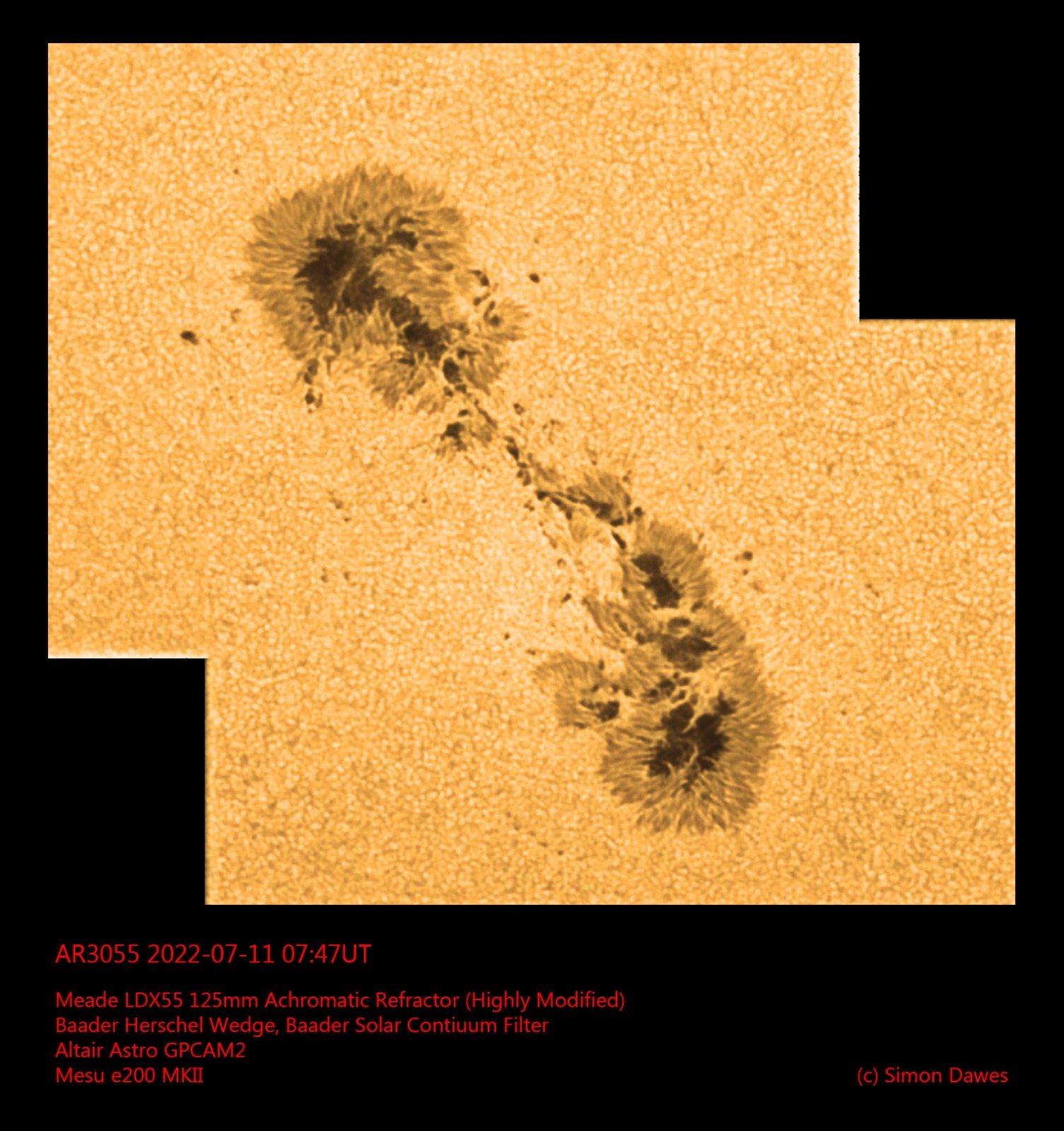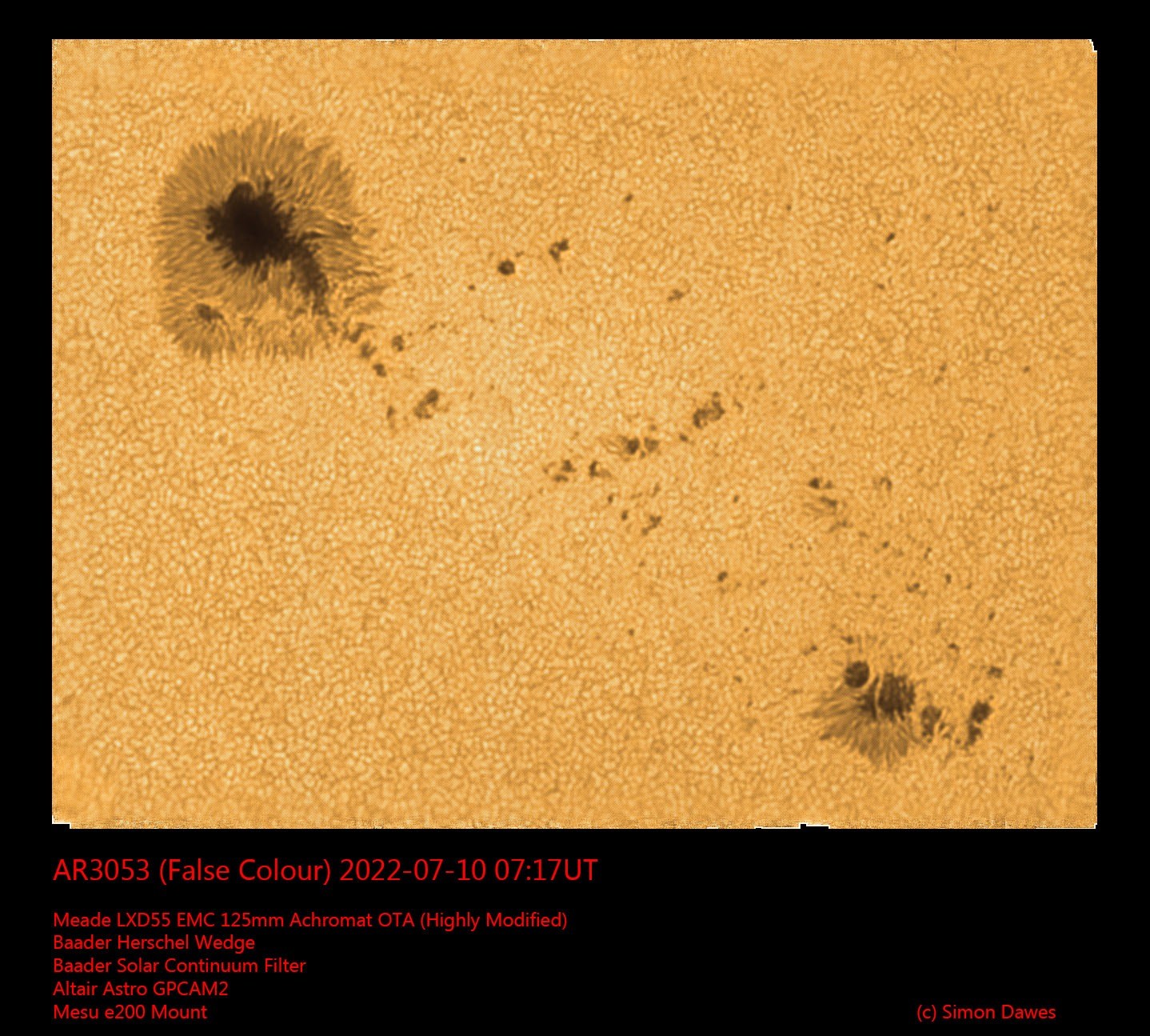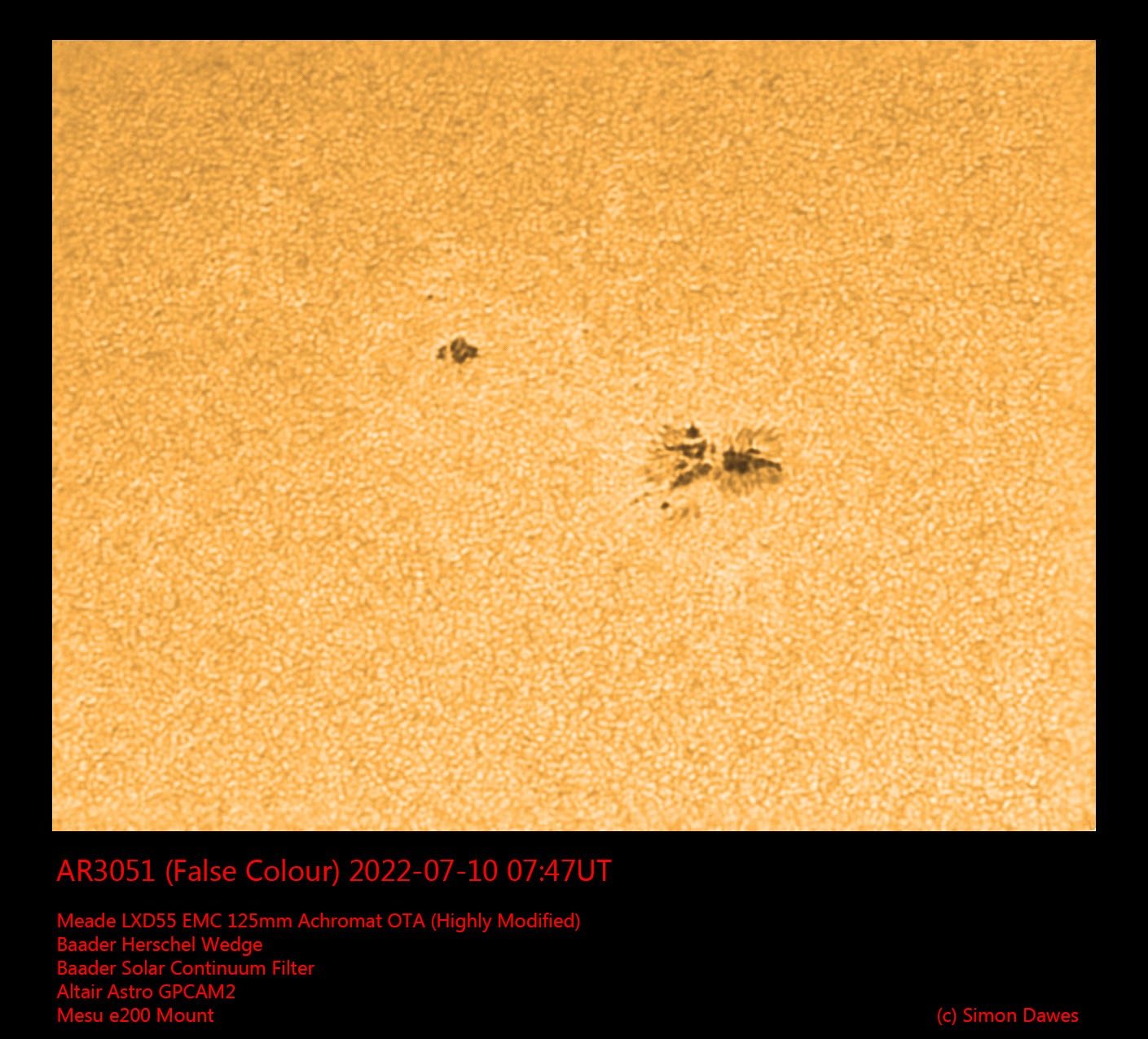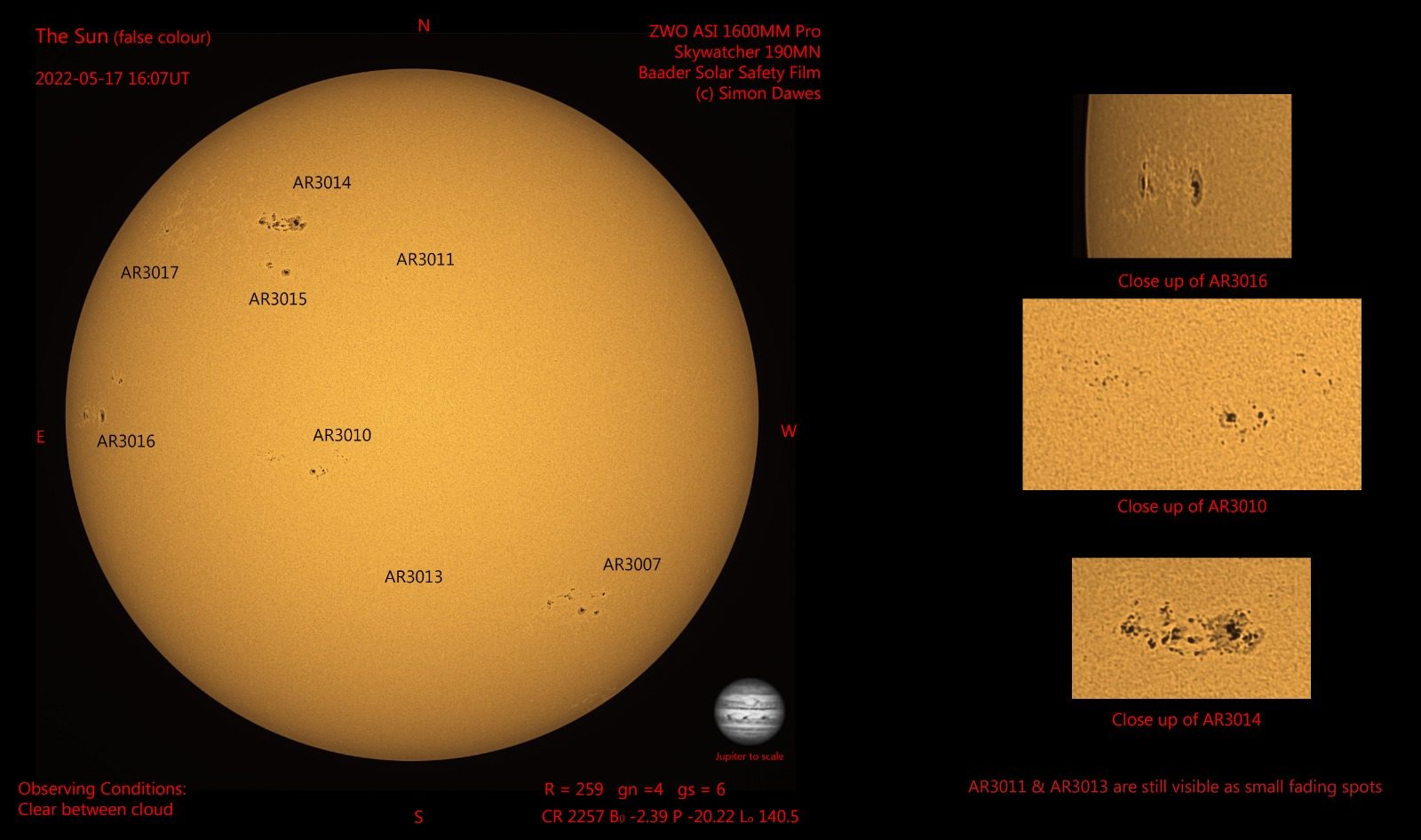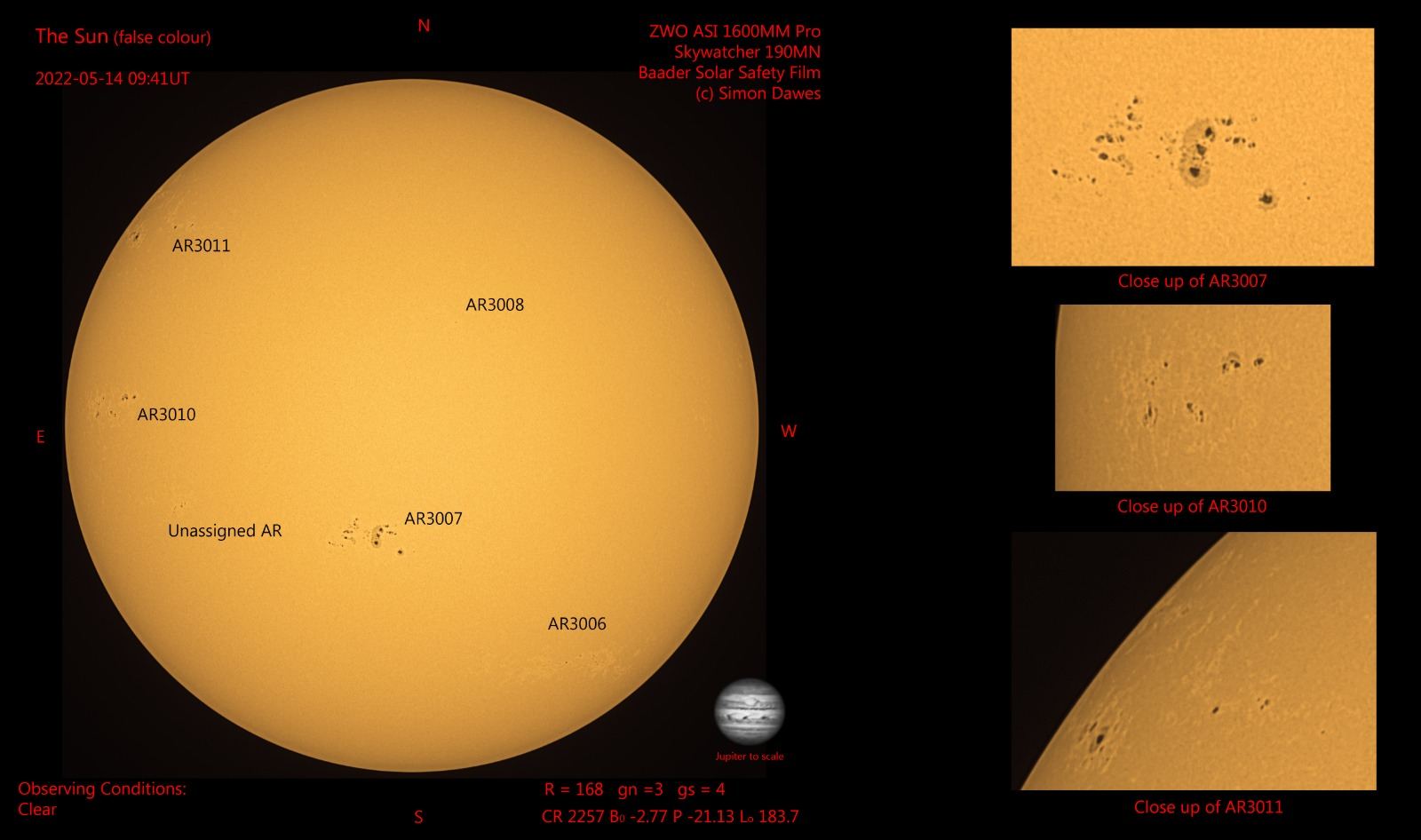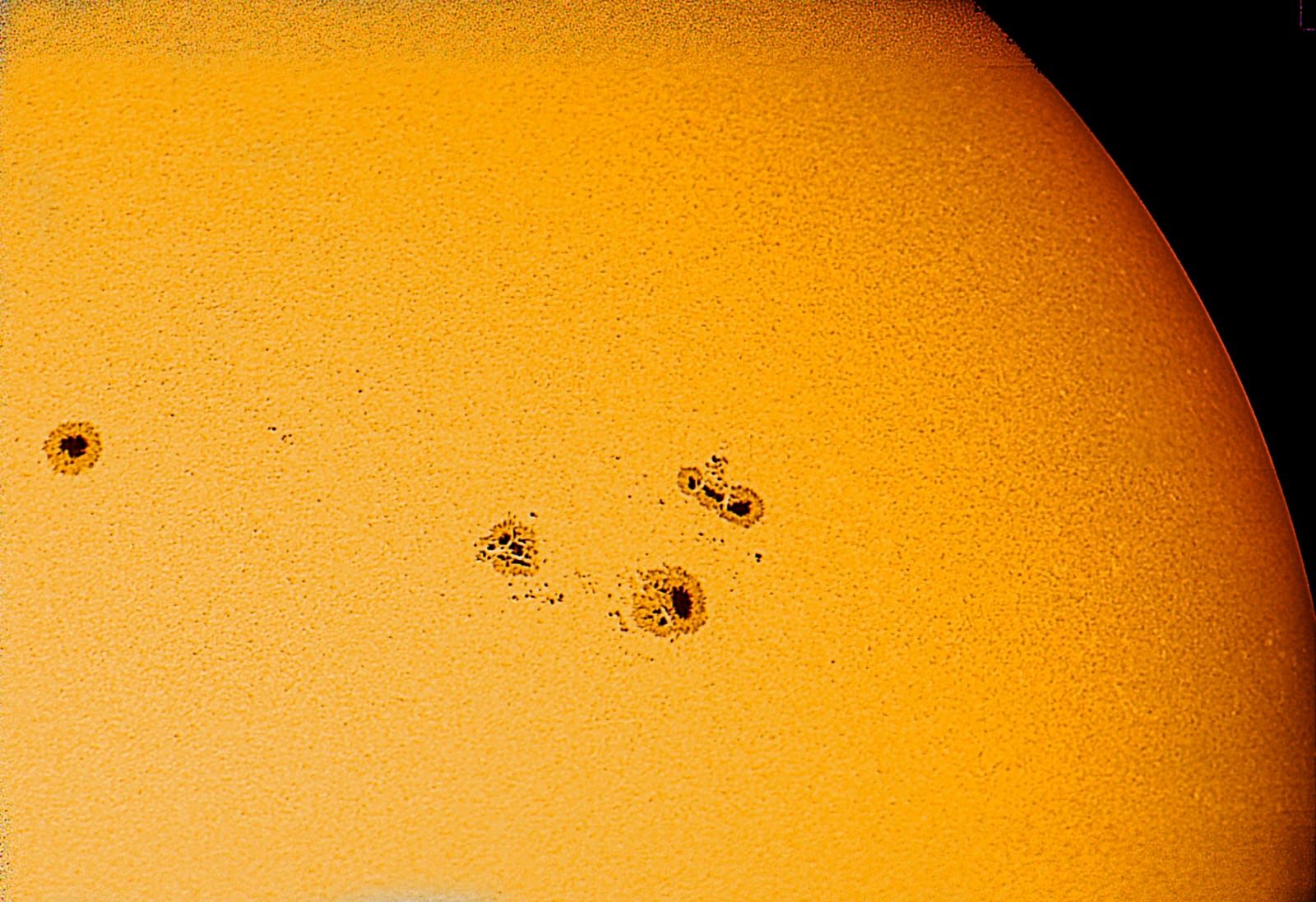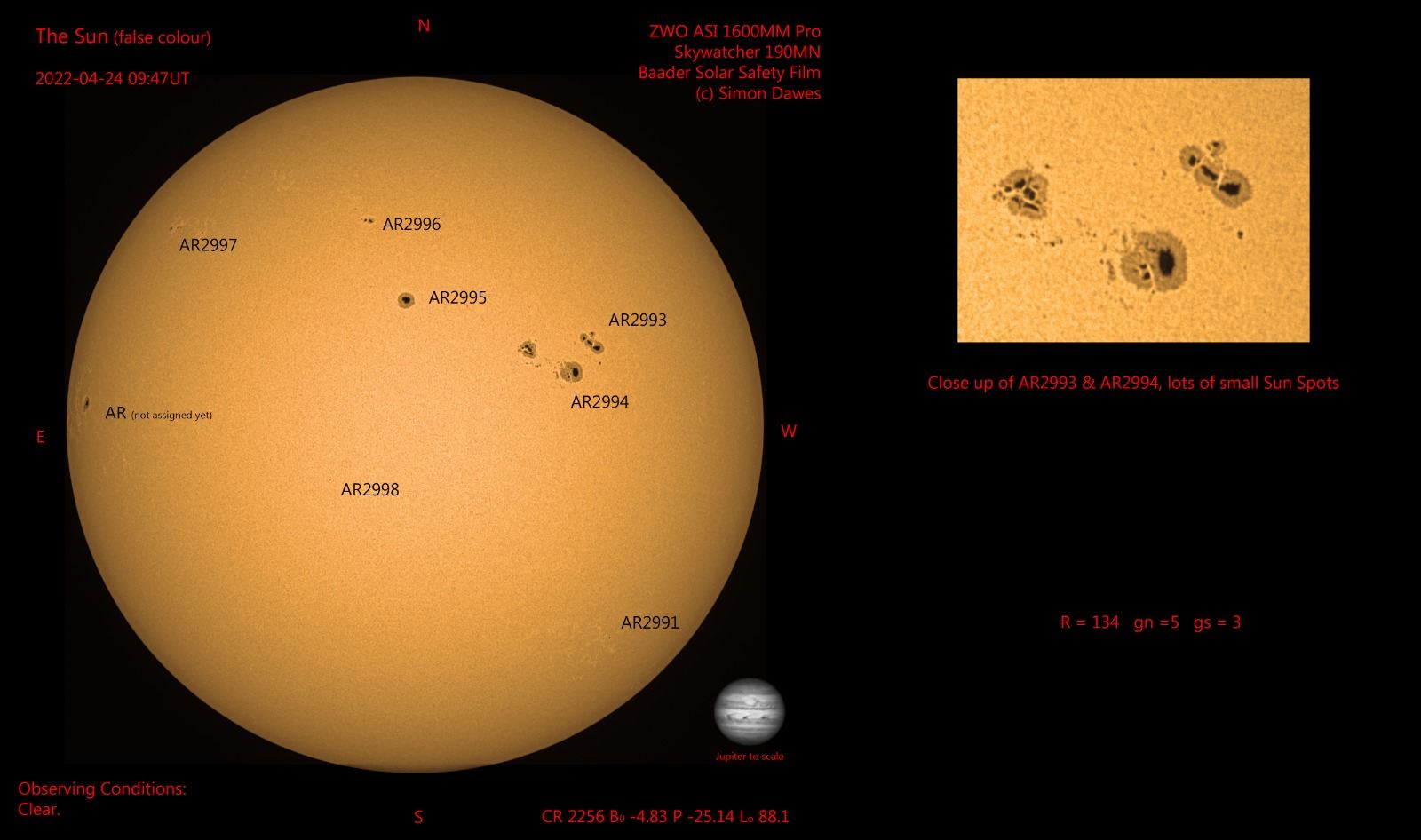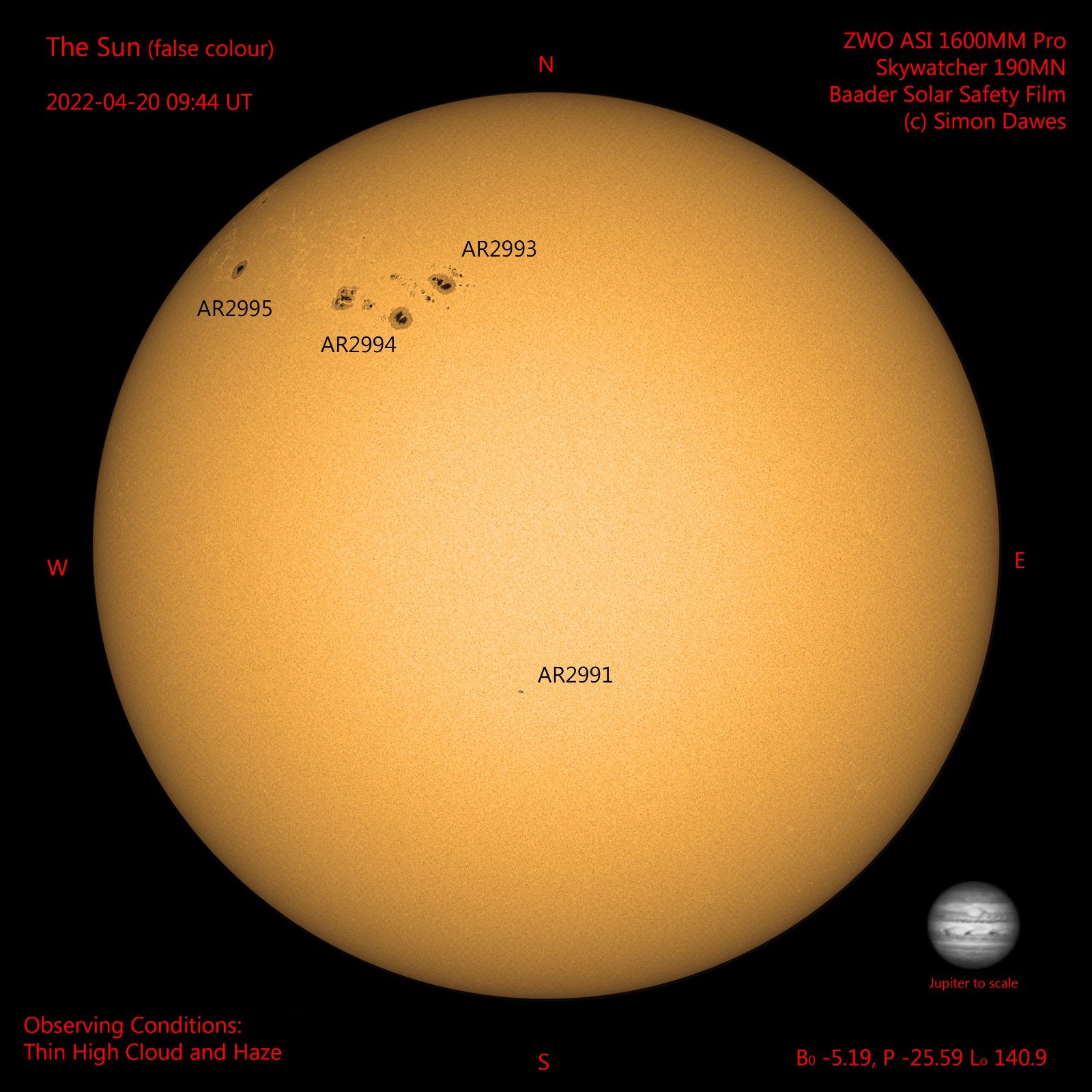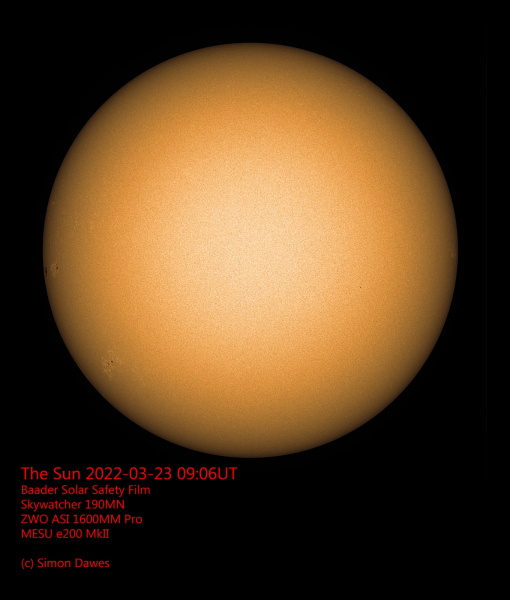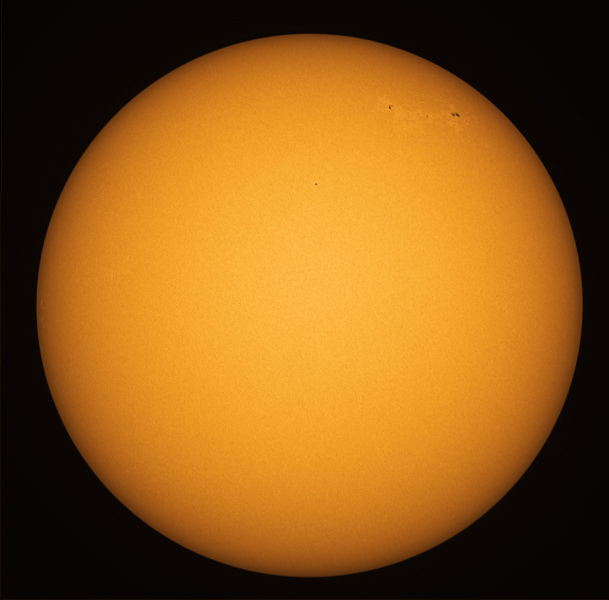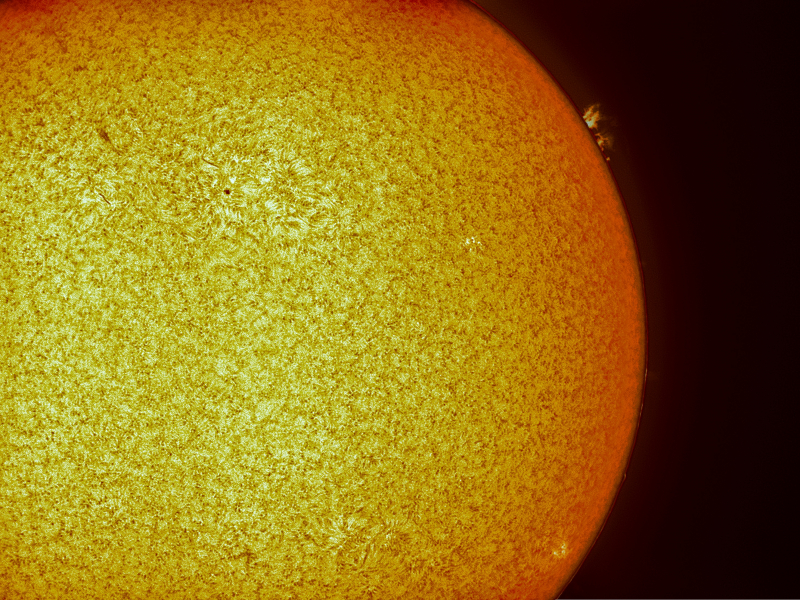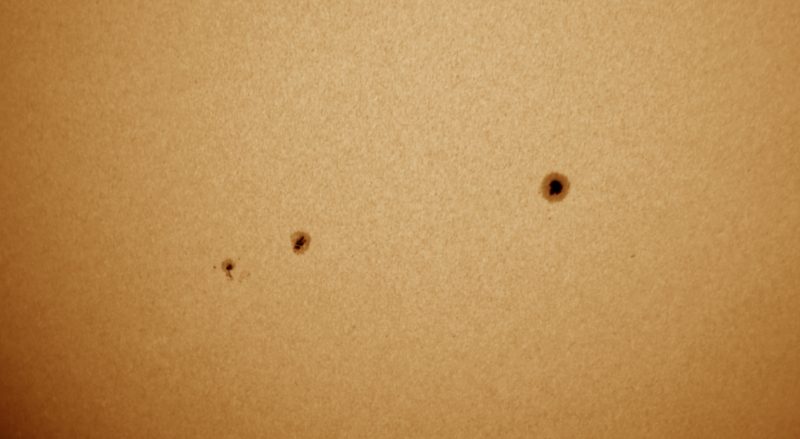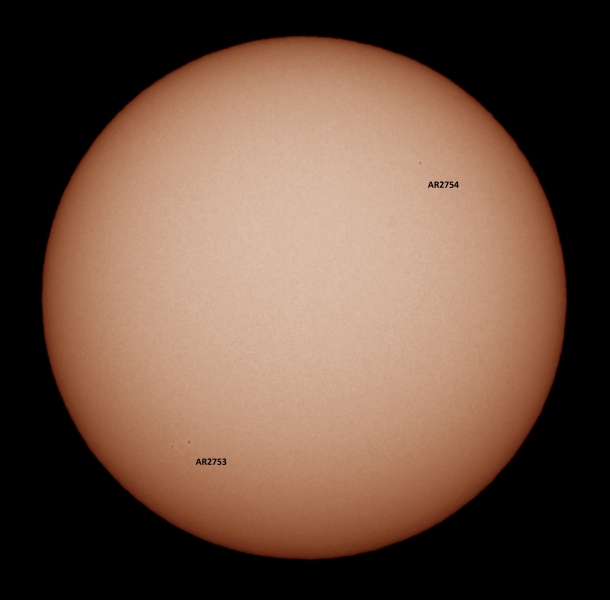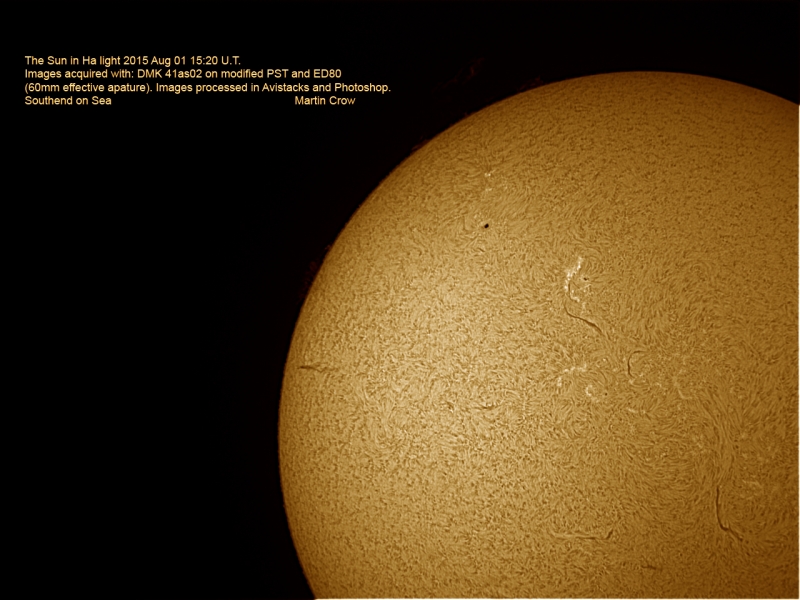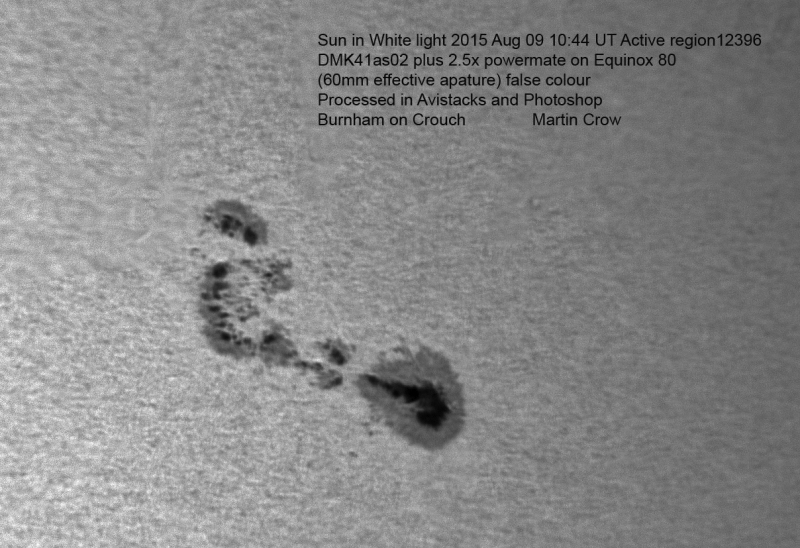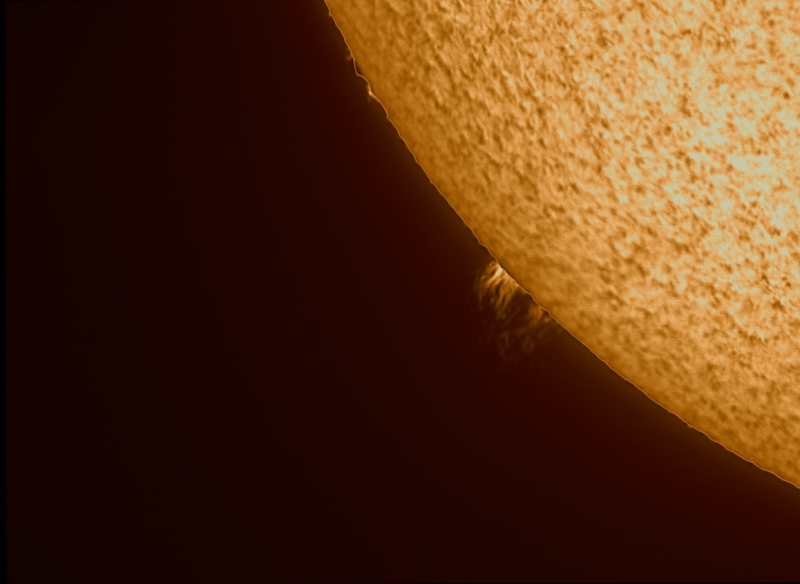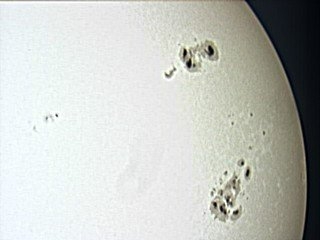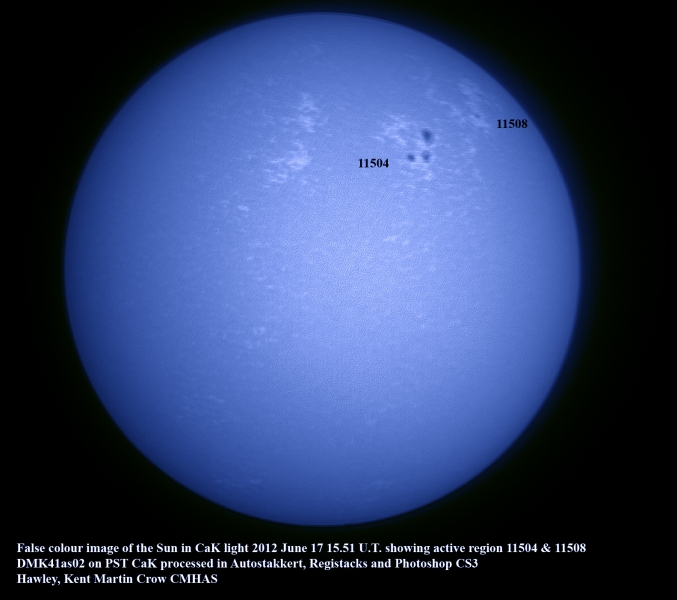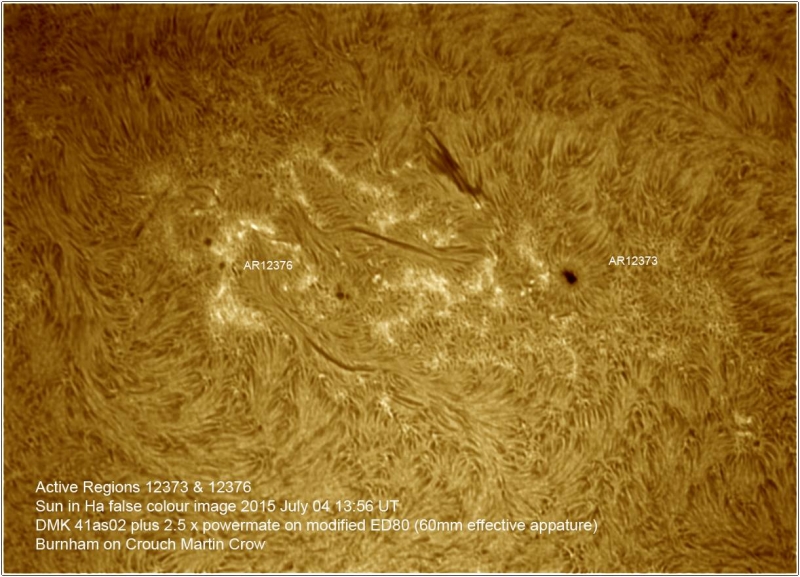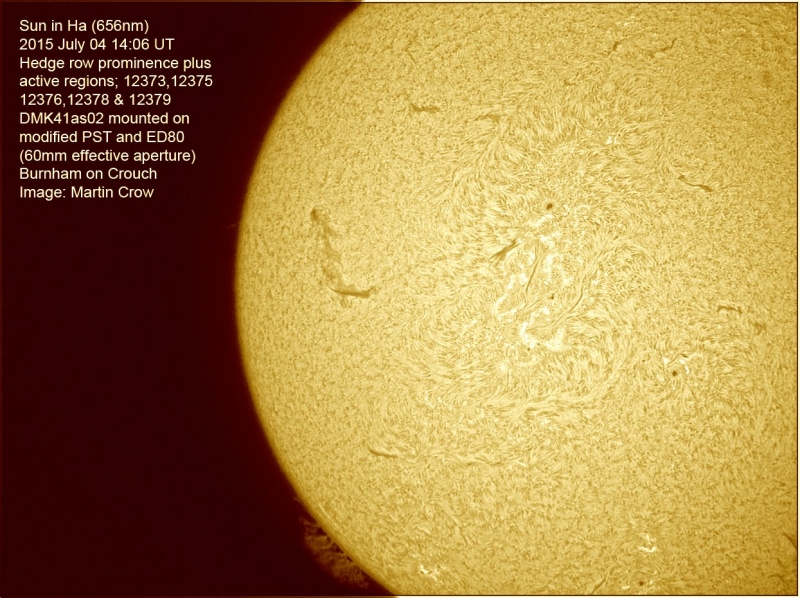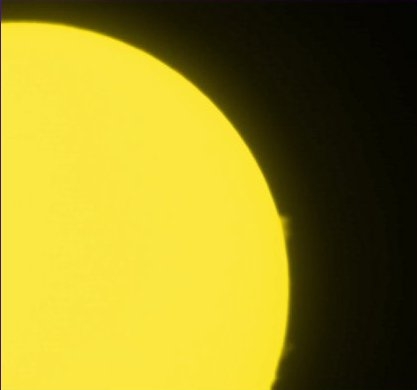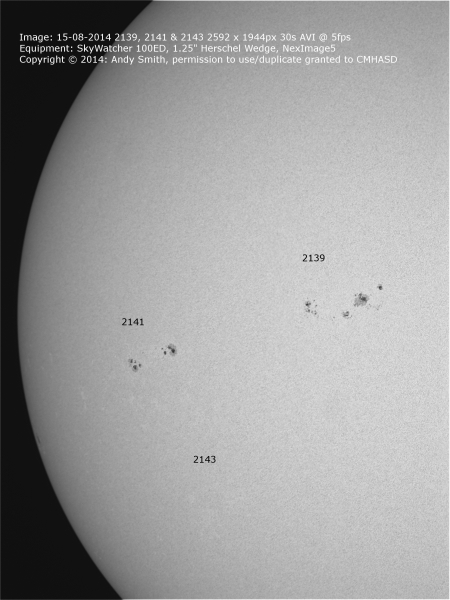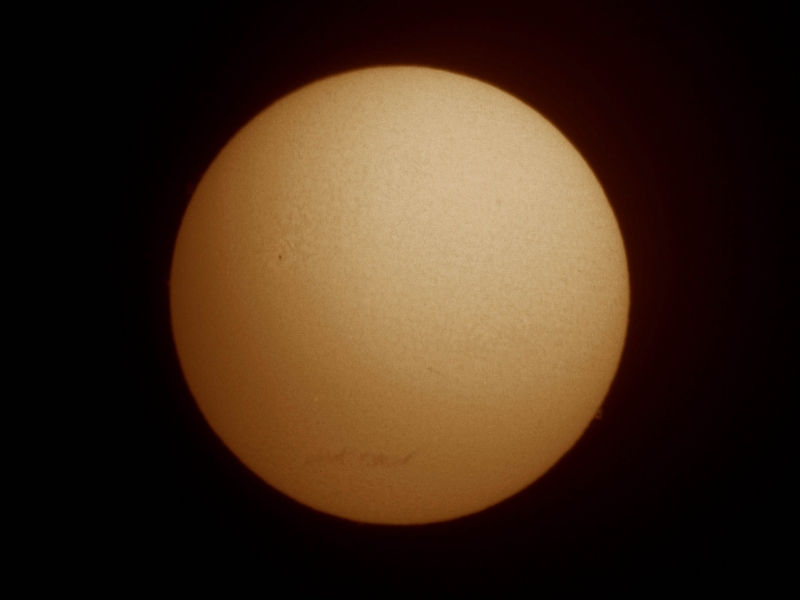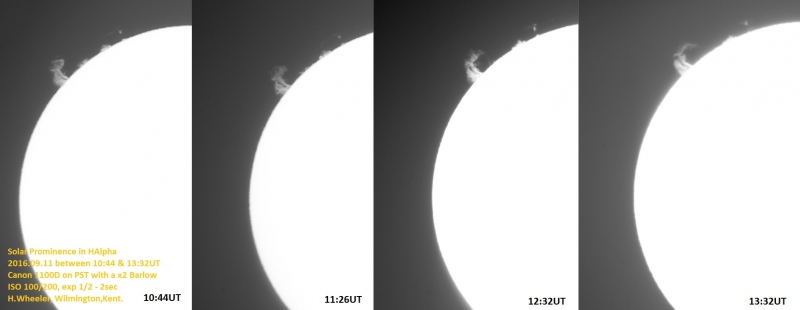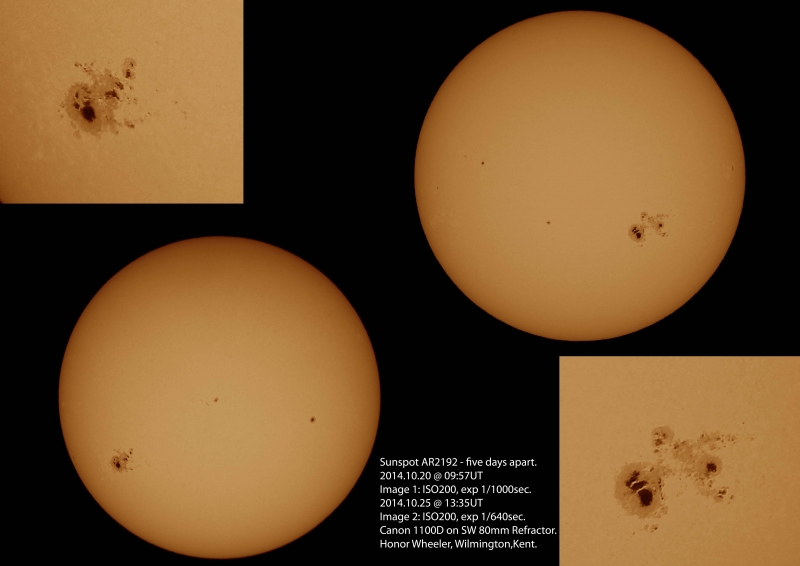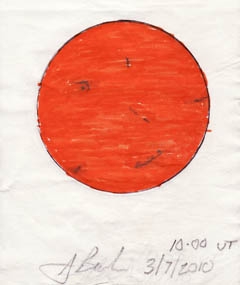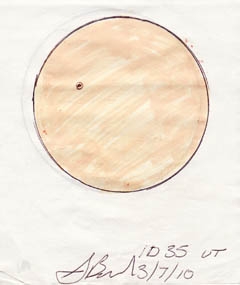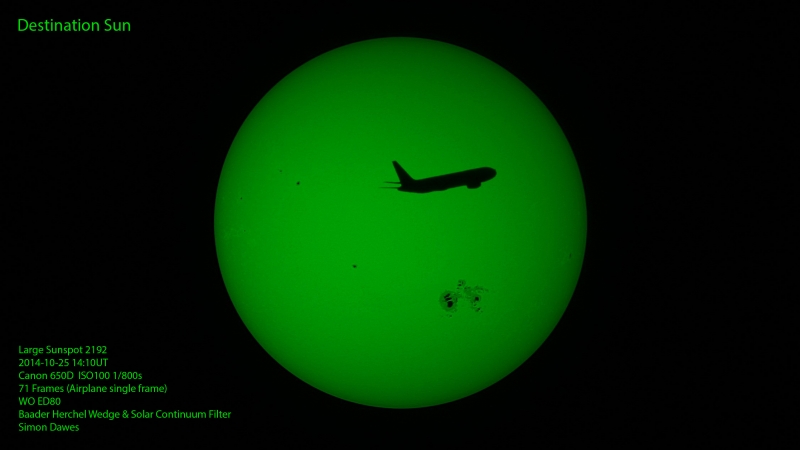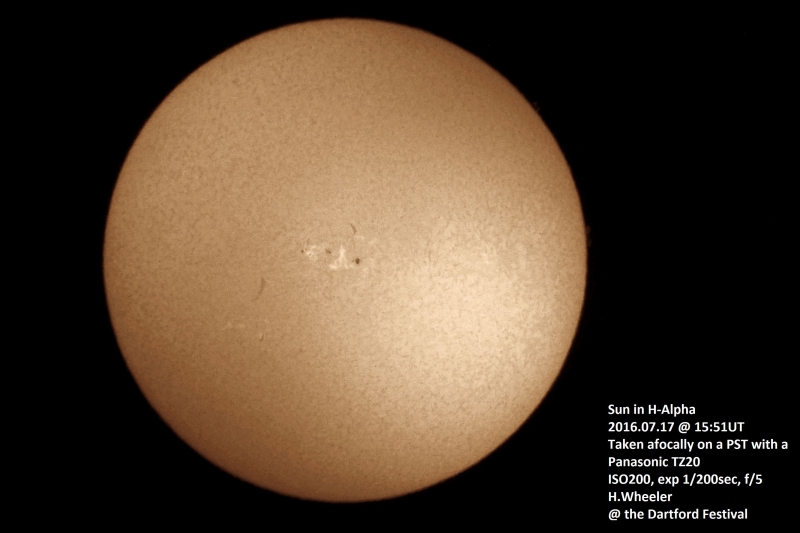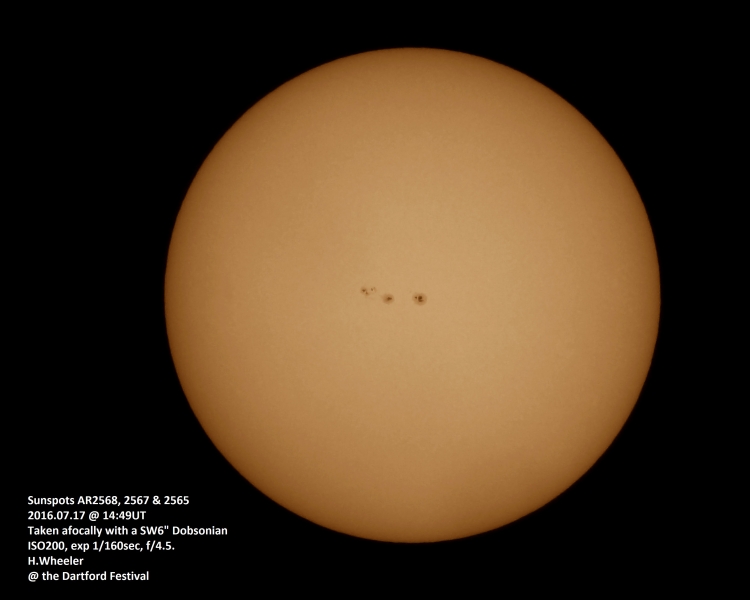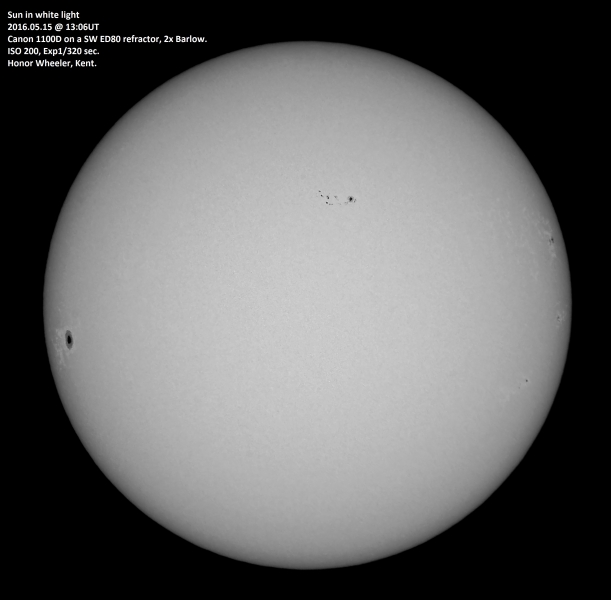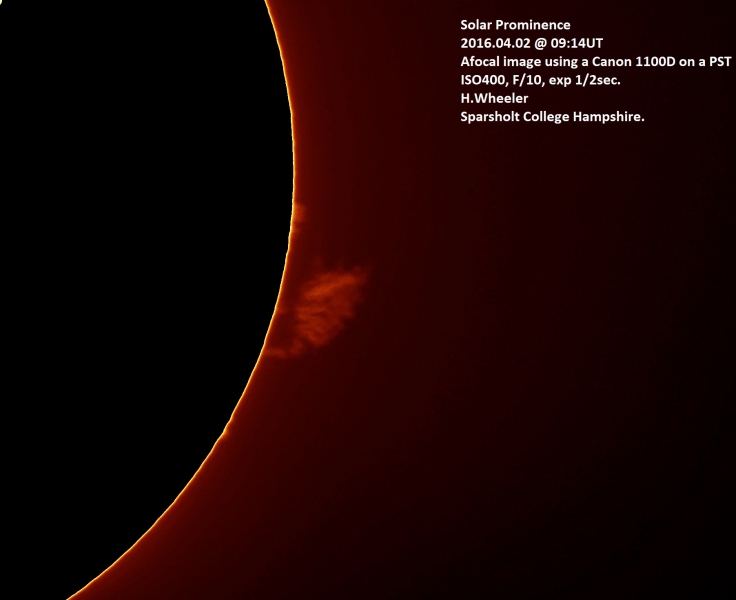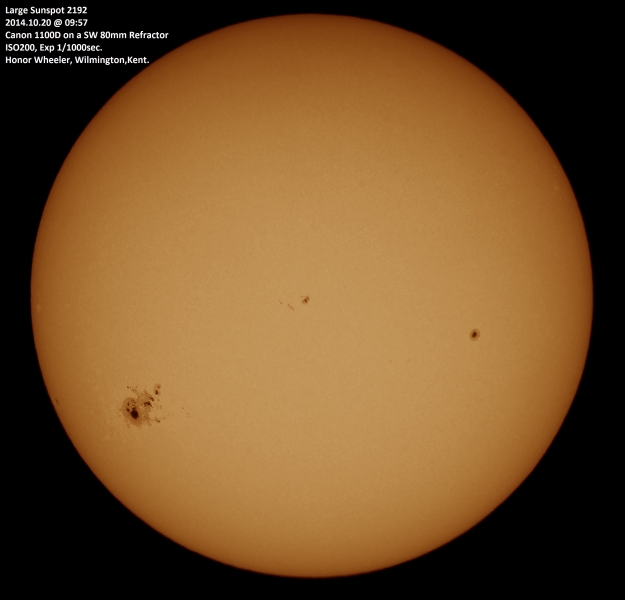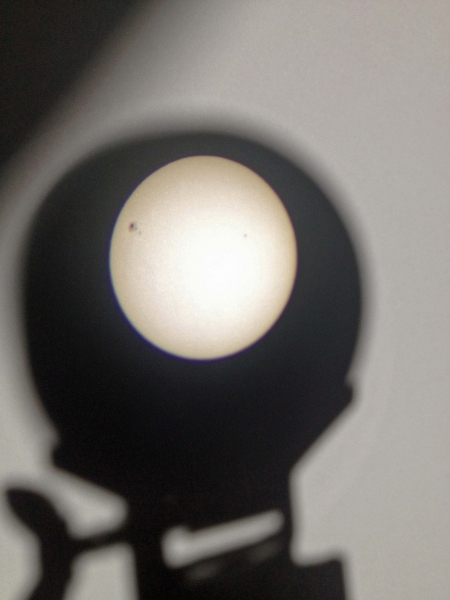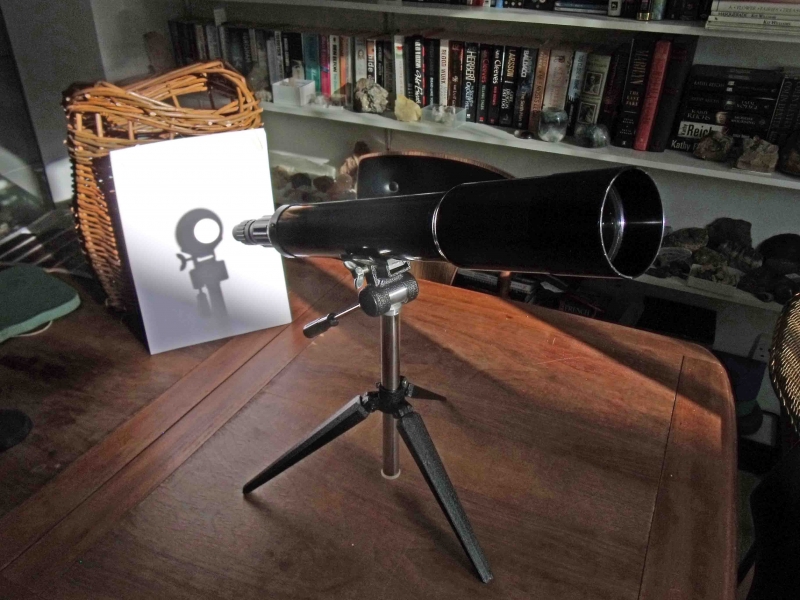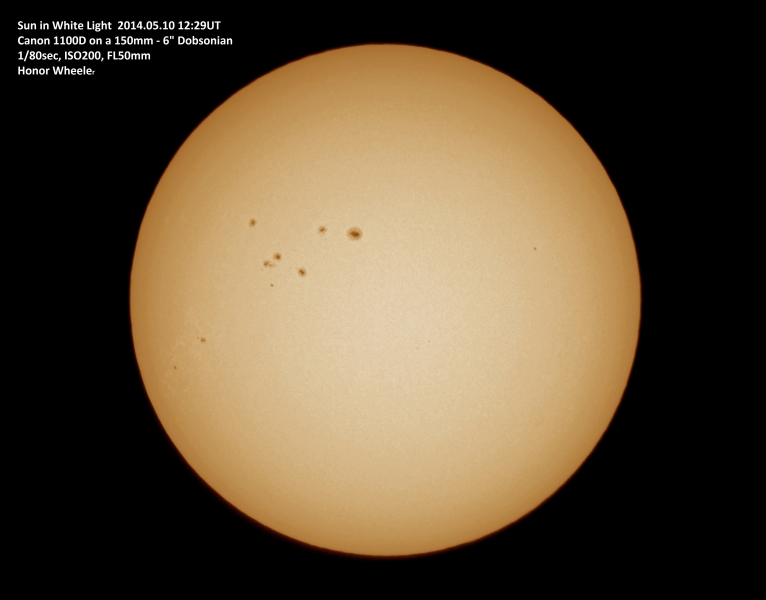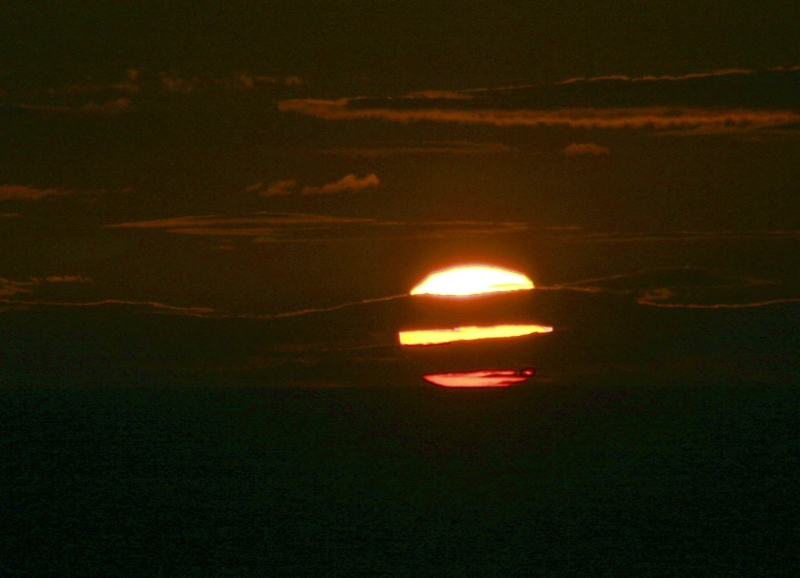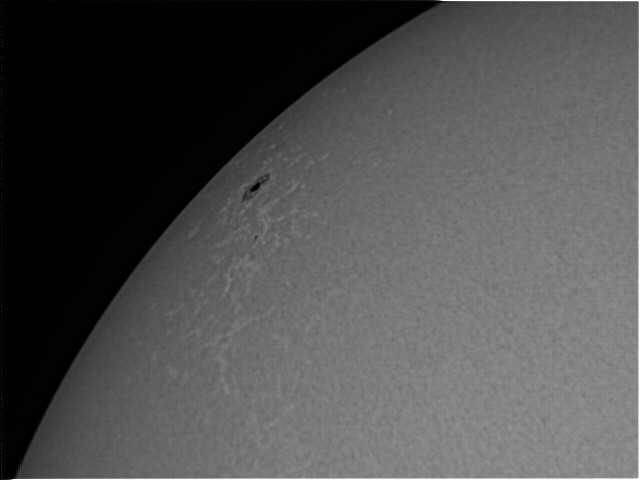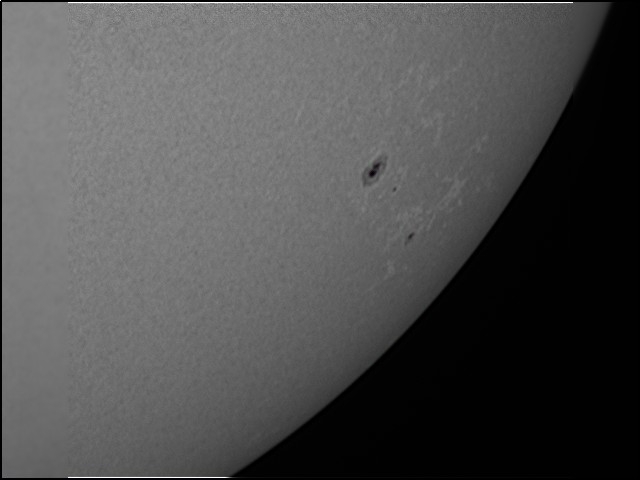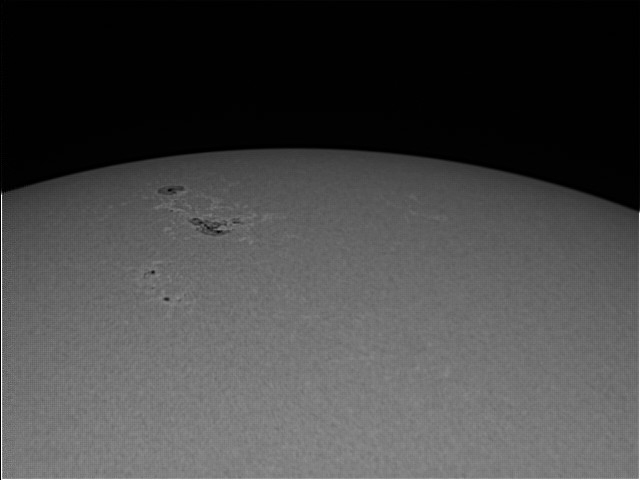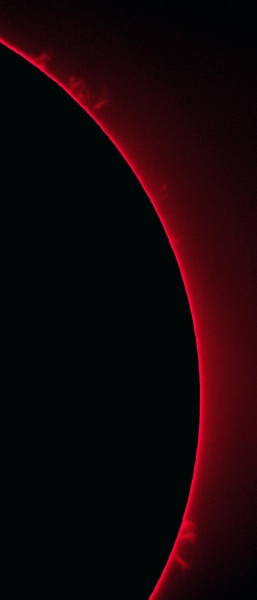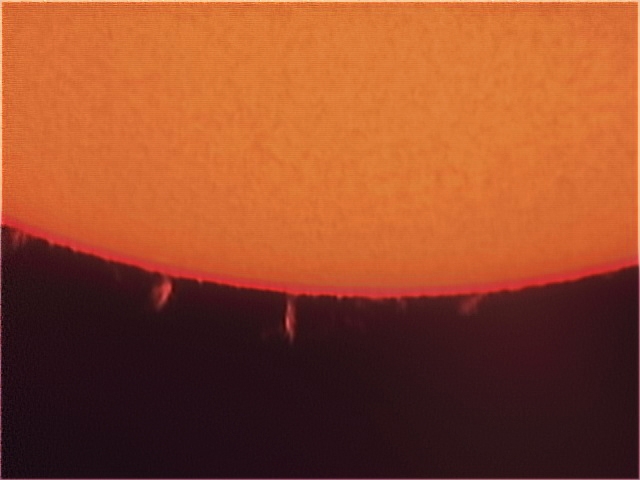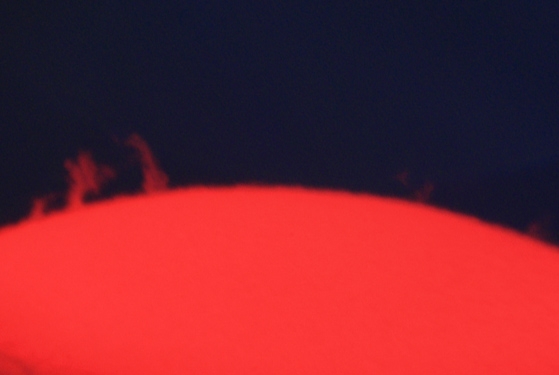Observing the Sun:
If you have never viewed the Sun before PLEASE ask one of our members to show you how to do this safely and read the page on Solar Safety before attempting any kind of viewing of the Sun!
Sunspot Numbers
When observing the Sun consider taking a count of active areas and calculating the relative sunspot number (R) and reporting these to the BAA Solar Section
The Sun has an obliquity to the ecliptic of 7.25° if you record your solar observations as drawings then you should use the appropriate Stonyhurst disc as a template, this will allow you to identify the latitude of the sunspot at any time of year.

Live Image from SOHO
Active Areas or Sunspot groups (g)
This is a count of all the active areas on the disk, if there is a sunspot, however small, this is an active area (group) if sunspots are separated by at least 10° then they are separate active areas, a large spread out area is still considered a single AA unless there are clear centres of activity within the larger area, then they are counted separately.
Relative Sunspot Number (R)
To find the Relative Sunspot Number count all the individual sun spots call this number, f, then the relative sun spot number, R = (10 x g) + f

Example: 3 active areas, 35 spots, R=(10×3) +35 = 65 (no other spots on disk)
Reporting
Regardless how infrequent your observing the BAA Solar Section are happy to receive your observations, these can be in the form of images, drawings and monthly reports.
Useful Filters
The Sun can be observed through different filters and these have advantage and disadvantages, please speak to other Members of the Society or the BAA Solar Section for detailed information.
Baader Solar Safety Film – White light filter, very cheap but effective full apature filter, turns any telescope into a solar telescope.
Herschel Wedge – White light Filter, very expensive but Members tend to get better results with these than with solar safety film.
Solar Continuum Filter – Only for use with a Herschel wedge or Solar Safety film, increases the contrast of surface features.
Hydrogen Alpha Solar Scopes – Many makes of these available, they are very expensive (~£600 for the cheapest) but will enable you to see solar flares and other features not visible with white light.
CaK Solar Scopes – Many makes of these available, they are very expensive (~£600 for the cheapest) but will enable you to image solar flares and other features not visible with white light, not suitable for visual observations.
No Results Found
The page you requested could not be found. Try refining your search, or use the navigation above to locate the post.
Solar Slideshow
Other Images
Sun | Comets | Mercury | Venus | Atmospheric Optics | Meteors | Auroa and NLC | Moon | Minor Planets | Mars | Jupiter | Saturn | Uranus | Neptune | Messier | Caldwell | All Deep Sky | Conjunctions | Transits | Solar Eclipse | Lunar Eclipse | Wide Field |ISS & Space Junk | Exo-Planets
All images are copyright. Permission must be sought to from the image owner to the use of any of these images.

